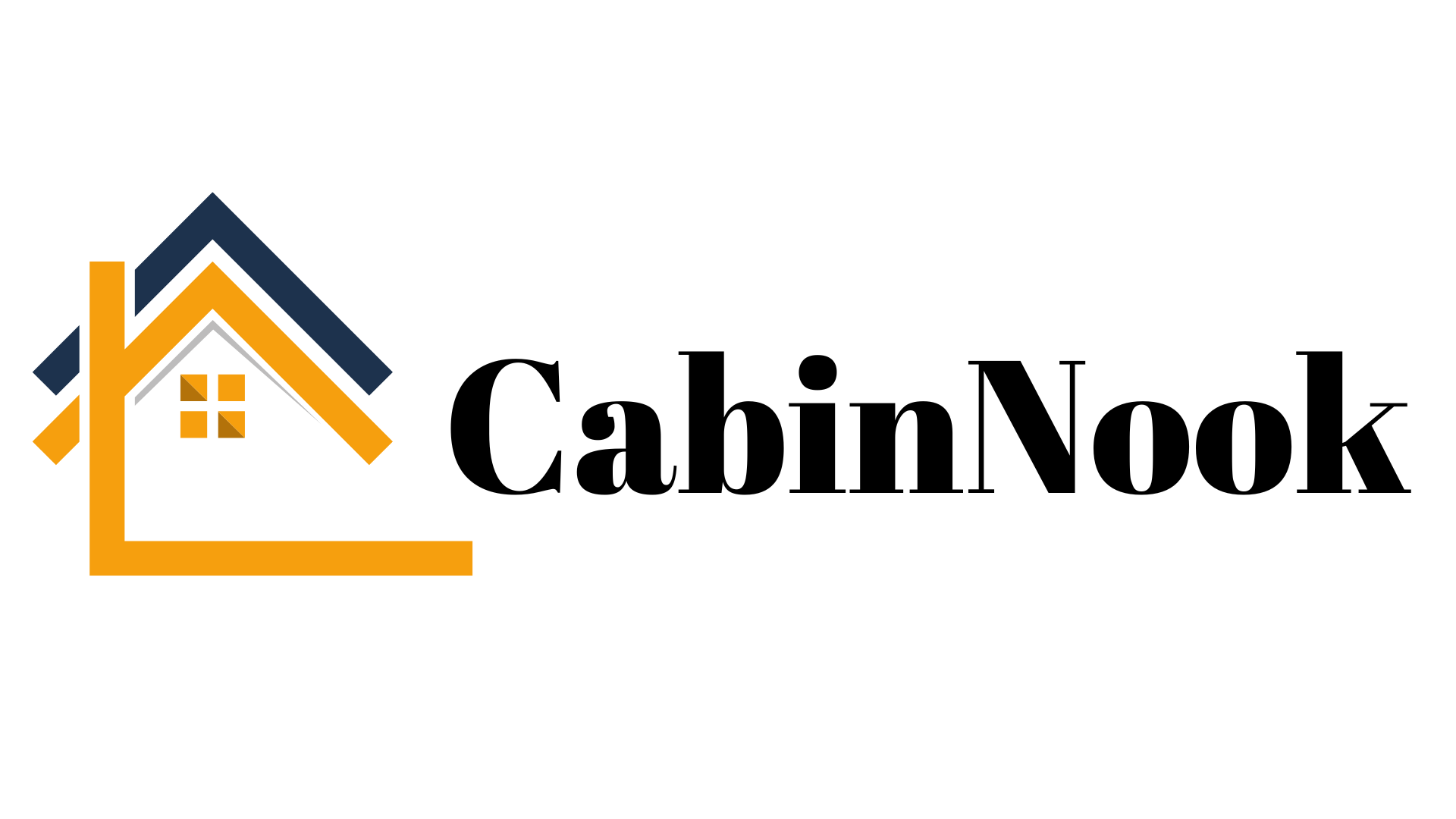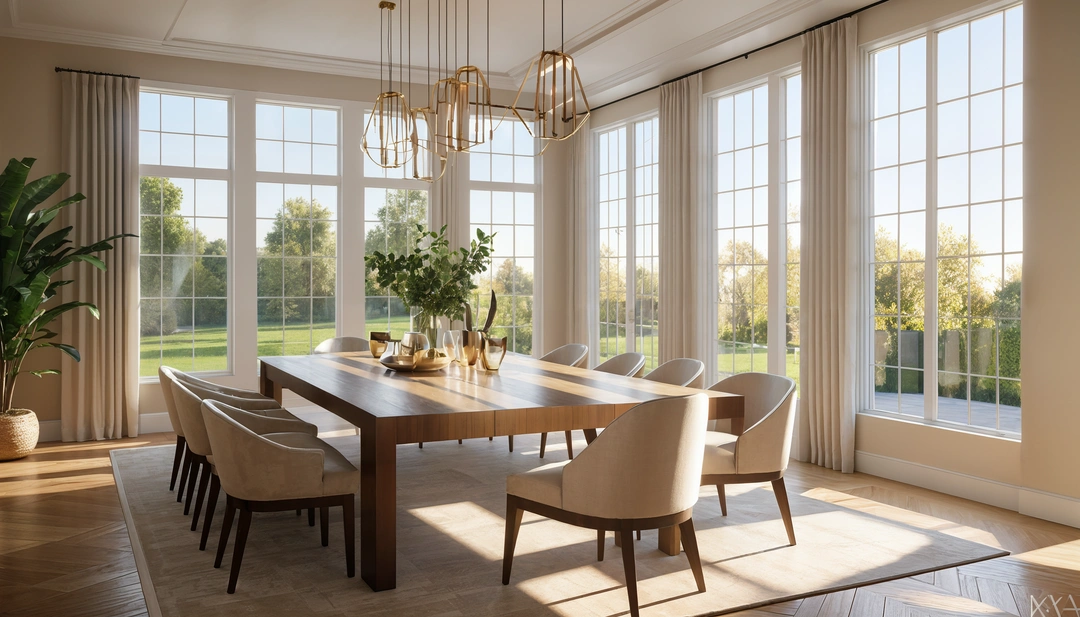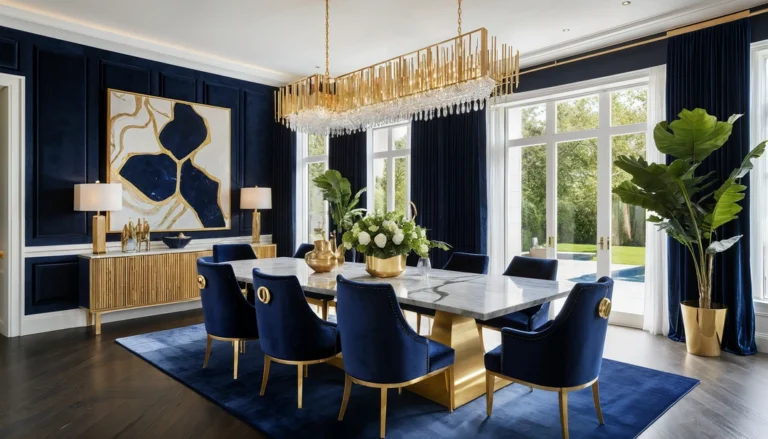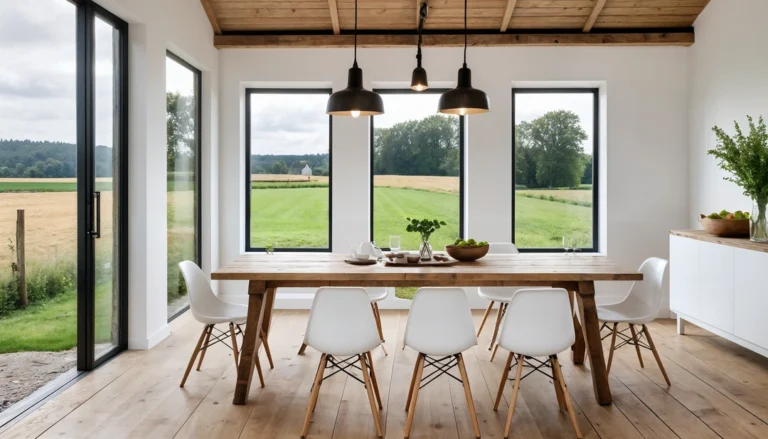In my experience working with homeowners on minimalist interior projects, I’ve observed that this design approach often creates remarkably serene and functional dining environments. Through various projects, I’ve learned that effective minimalist dining design typically combines visual simplicity with practical solutions while maintaining sufficient comfort and storage for daily family meals and entertaining needs.
Note: For any structural modifications, electrical work, built-in installations, or major renovations mentioned in this article, always consult with licensed professionals to ensure safety and code compliance.
What makes minimalist dining room design particularly appealing to many homeowners is its emphasis on creating uncluttered spaces that promote calm and mindful living. I’ve found that people often choose this approach because it typically reduces visual stress while providing easier maintenance and organization that supports busy family lifestyles.
The key to successful minimalist dining design often lies in careful curation and quality selection rather than simply removing elements. Effective minimalist spaces typically embrace clean lines and neutral colors while incorporating sufficient functionality to support both daily use and special occasions.
Here are 30 approaches for minimalist dining rooms that often work well in different home settings, based on observations from various simplified design projects.
1. Monochromatic Color Strategy
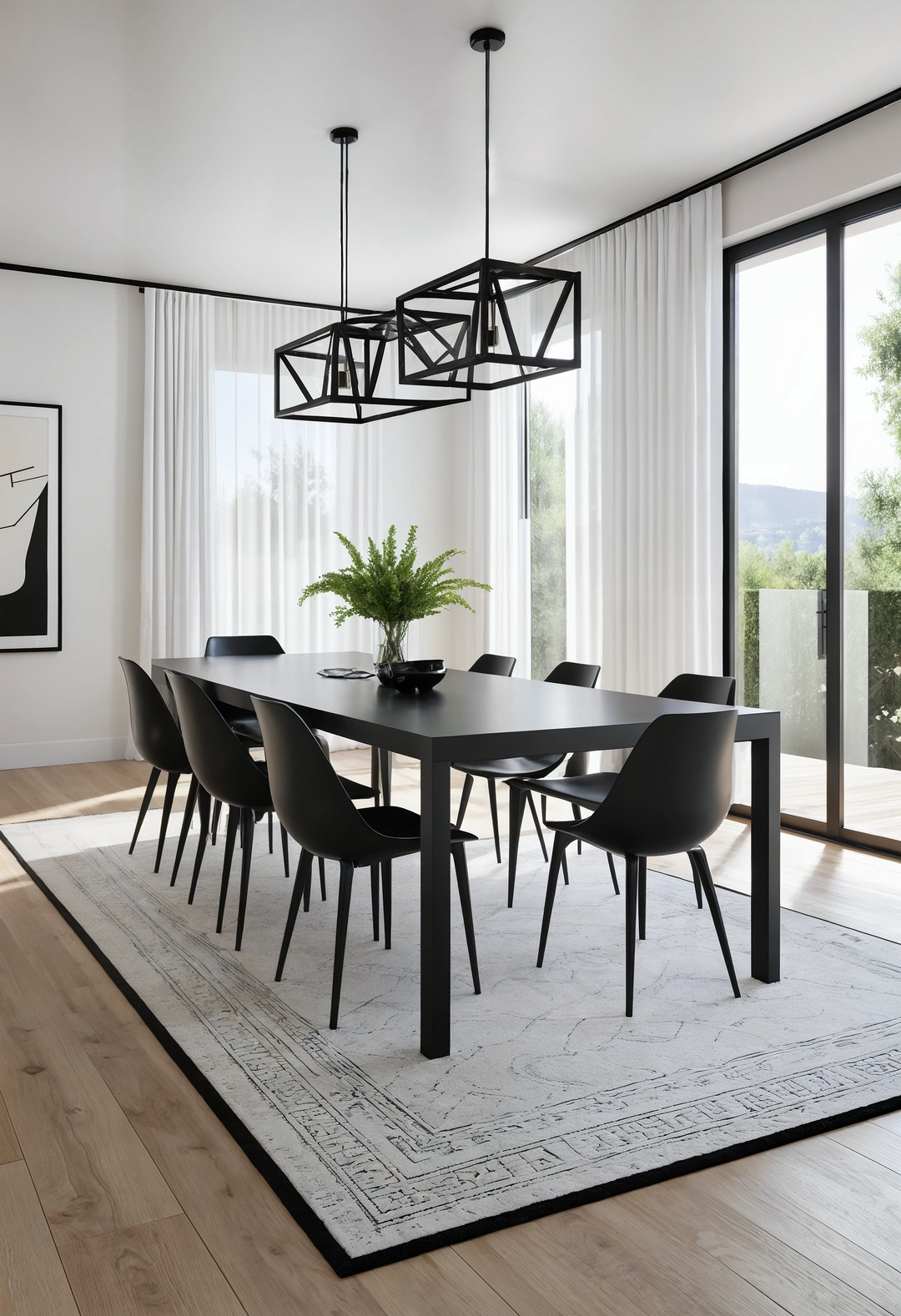
This palette approach often appeals to homeowners wanting sophisticated visual unity. Black and white combinations typically create striking contrast while maintaining the restraint essential to minimalist design philosophy.
Design consideration: Limited color palettes often require texture variation while their stark nature should be balanced with adequate lighting to prevent spaces from feeling cold.
Practical benefit: Two-color schemes typically simplify decorating decisions while creating timeless appeal that doesn’t quickly become outdated or require frequent updates.
2. Scandinavian-Inspired Elements
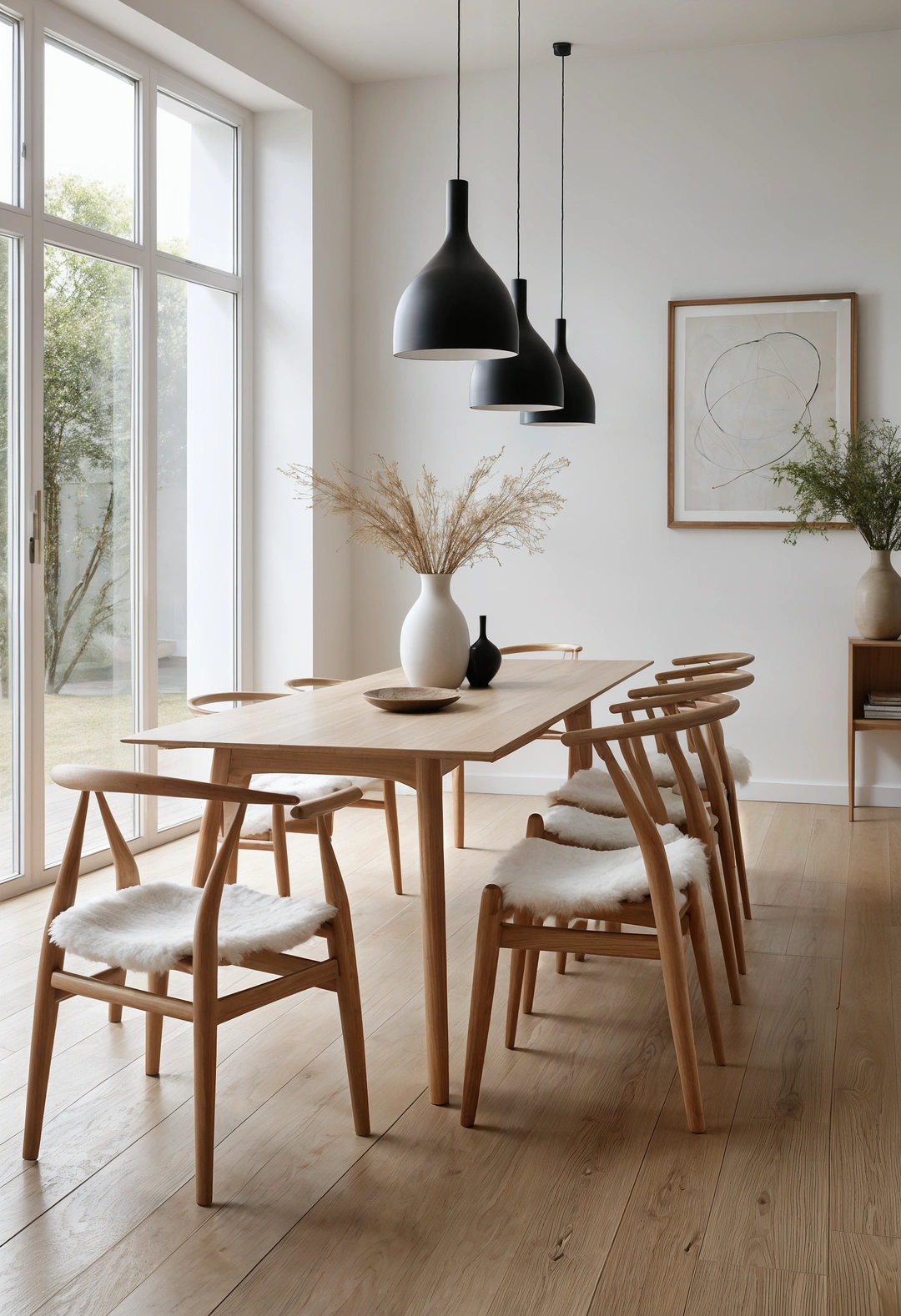
This cultural approach often appeals to those wanting warmth within minimalist frameworks. Light wood and natural textiles typically provide necessary coziness while maintaining the clean aesthetic characteristic of Nordic design.
Design consideration: Scandinavian elements often work best in appropriate climates while their authentic application should honor cultural design principles rather than superficial styling.
Practical benefit: Nordic design principles typically provide excellent functionality while offering natural materials that age gracefully and improve with use over time.
3. Japanese-Influenced Spatial Organization
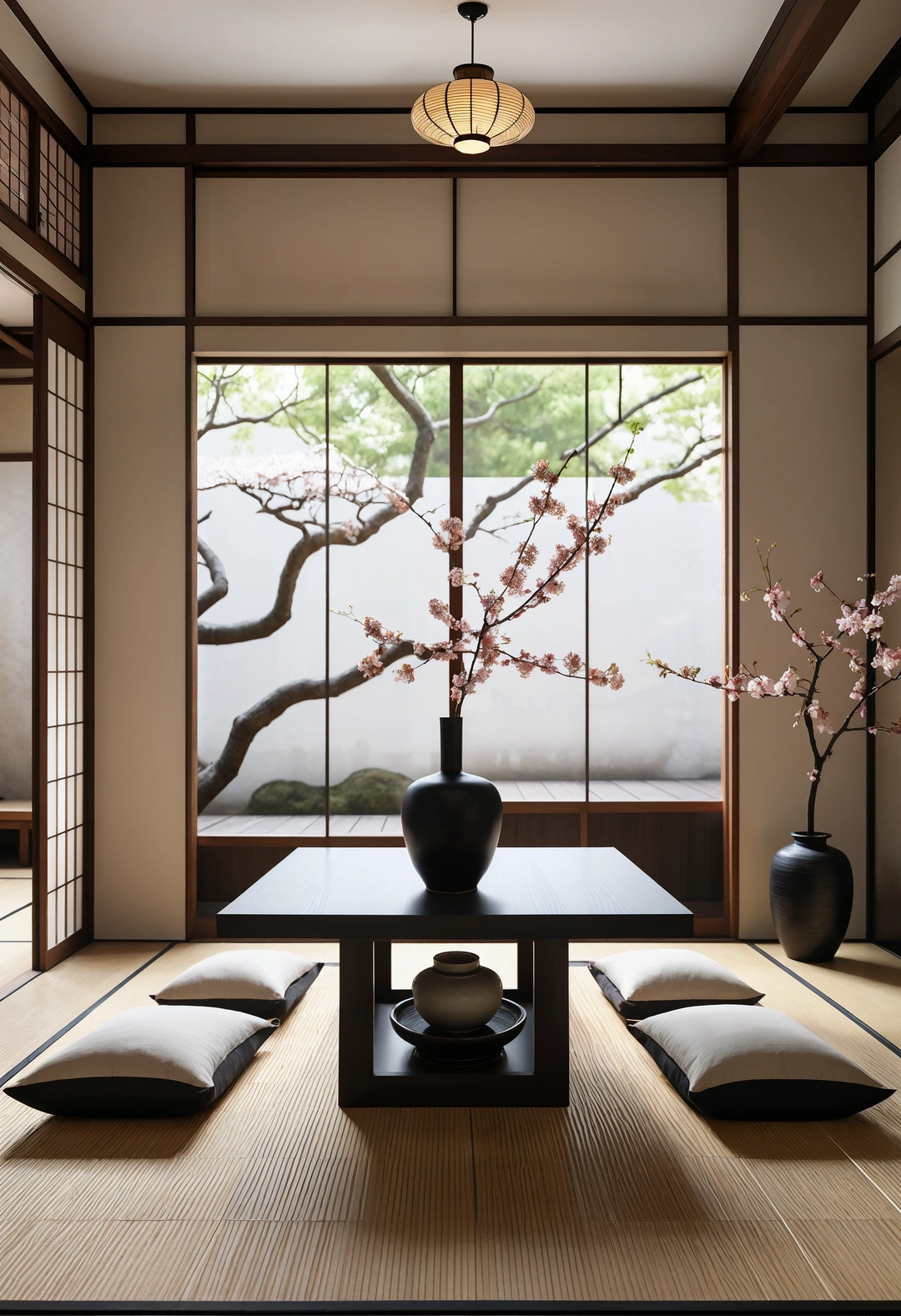
This philosophical approach often appeals to homeowners seeking meditative dining environments. Low furniture and natural materials typically create calm atmospheres while supporting mindful eating and family connection.
Design consideration: Japanese-inspired design often requires understanding cultural principles while their application should enhance rather than appropriate traditional elements superficially.
Practical benefit: Low-profile furniture typically works well in smaller spaces while providing flexible arrangements that can accommodate various group sizes and activities.
4. Industrial Material Integration
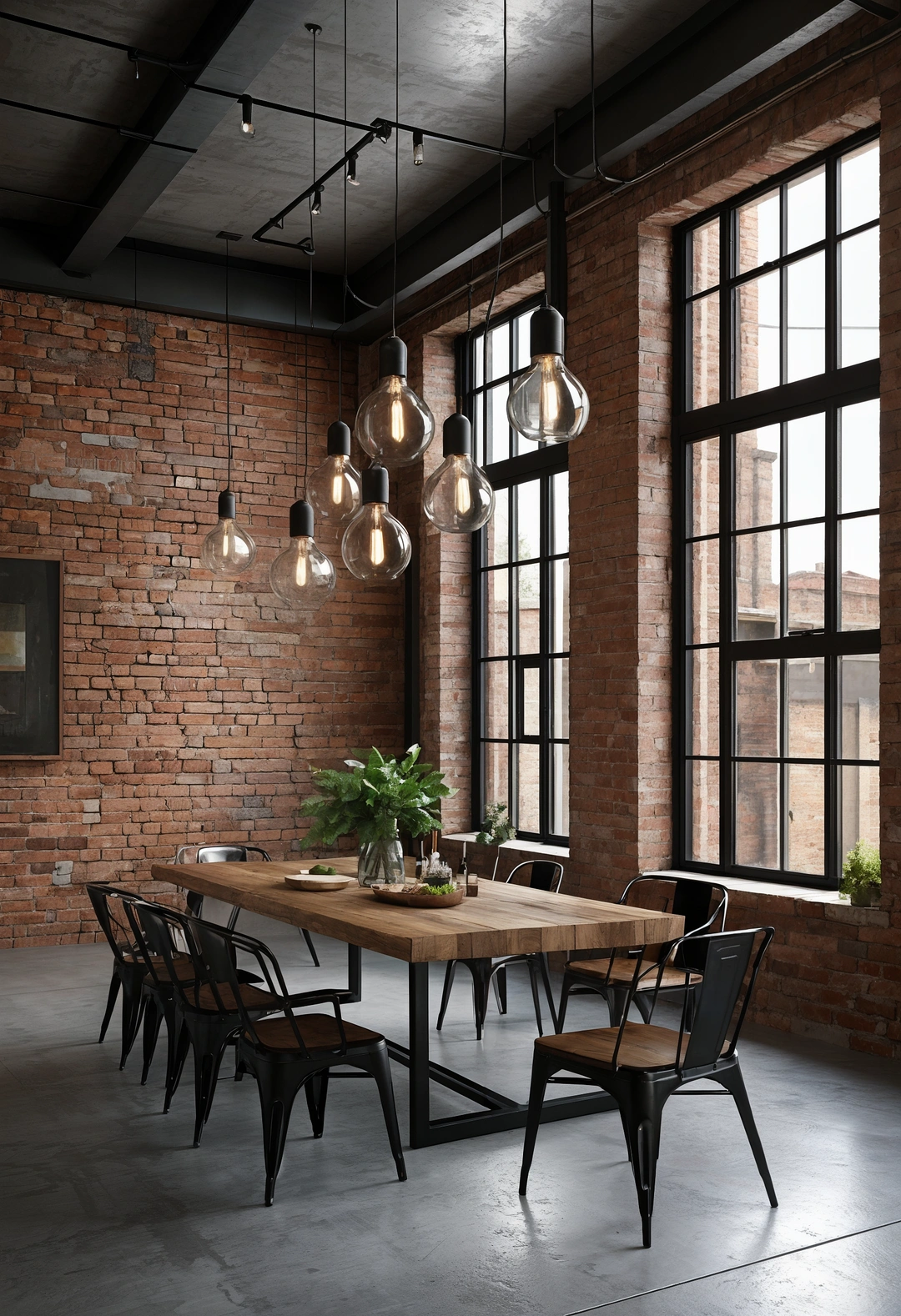
This textural approach often appeals to those wanting distinctive character through unconventional dining materials. Raw materials combined with refined elements typically create visual interest while maintaining minimalist restraint.
Design consideration: Industrial materials often require consideration of acoustic properties while their residential application should maintain comfort appropriate for extended dining.
Practical benefit: Commercial-grade materials typically offer exceptional durability while providing unique character that distinguishes spaces from standard dining room approaches.
5. Luxury Material Applications
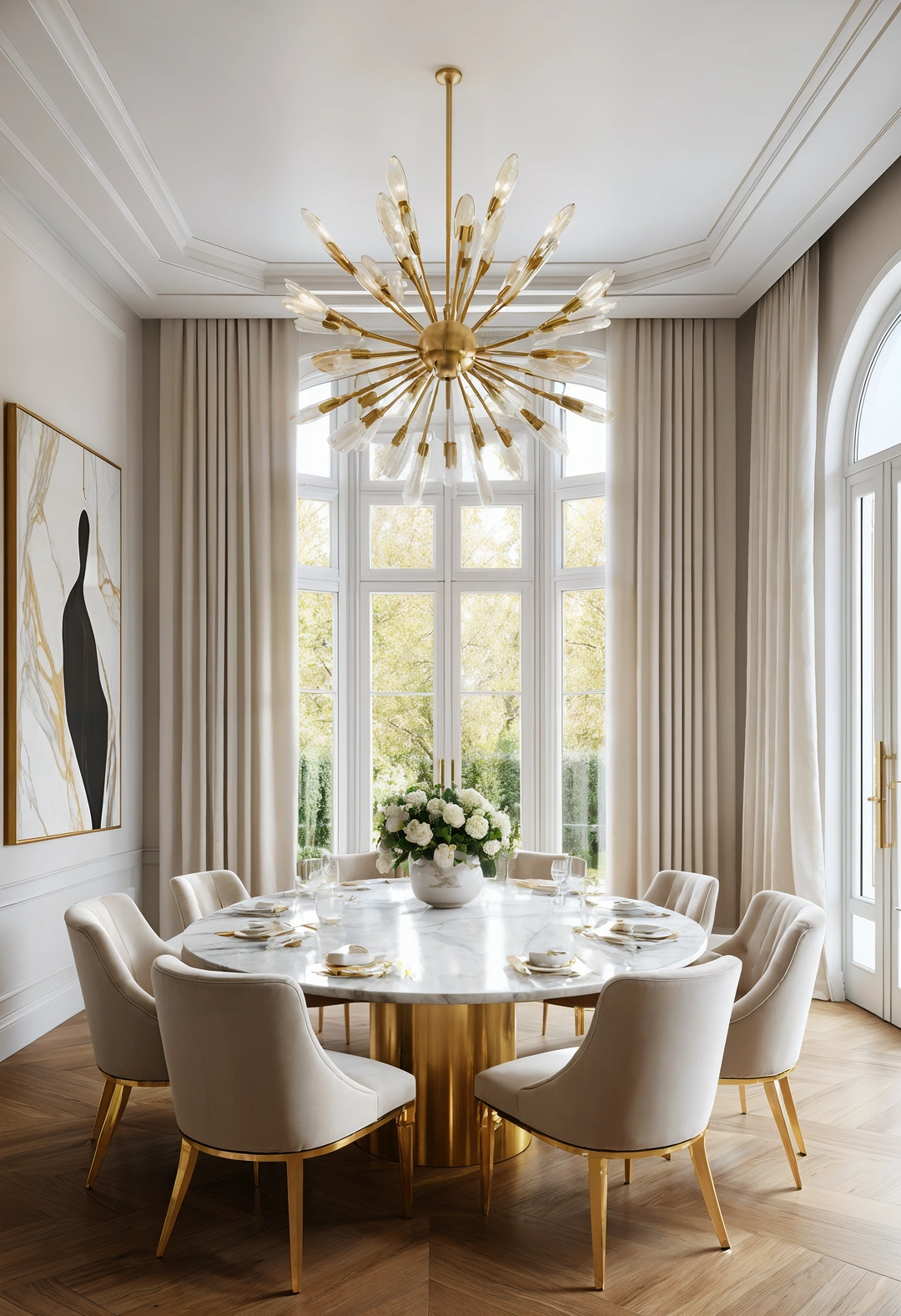
This quality approach often appeals to homeowners wanting sophistication through material excellence. High-end materials like marble typically provide visual impact while maintaining the simplicity essential to minimalist design.
Design consideration: Luxury materials often require significant investment while their maintenance needs should be considered for daily family use and entertaining.
Practical benefit: Quality materials typically justify cost through longevity while providing the refined appearance that enhances property value and daily satisfaction.
6. Coastal-Inspired Simplicity
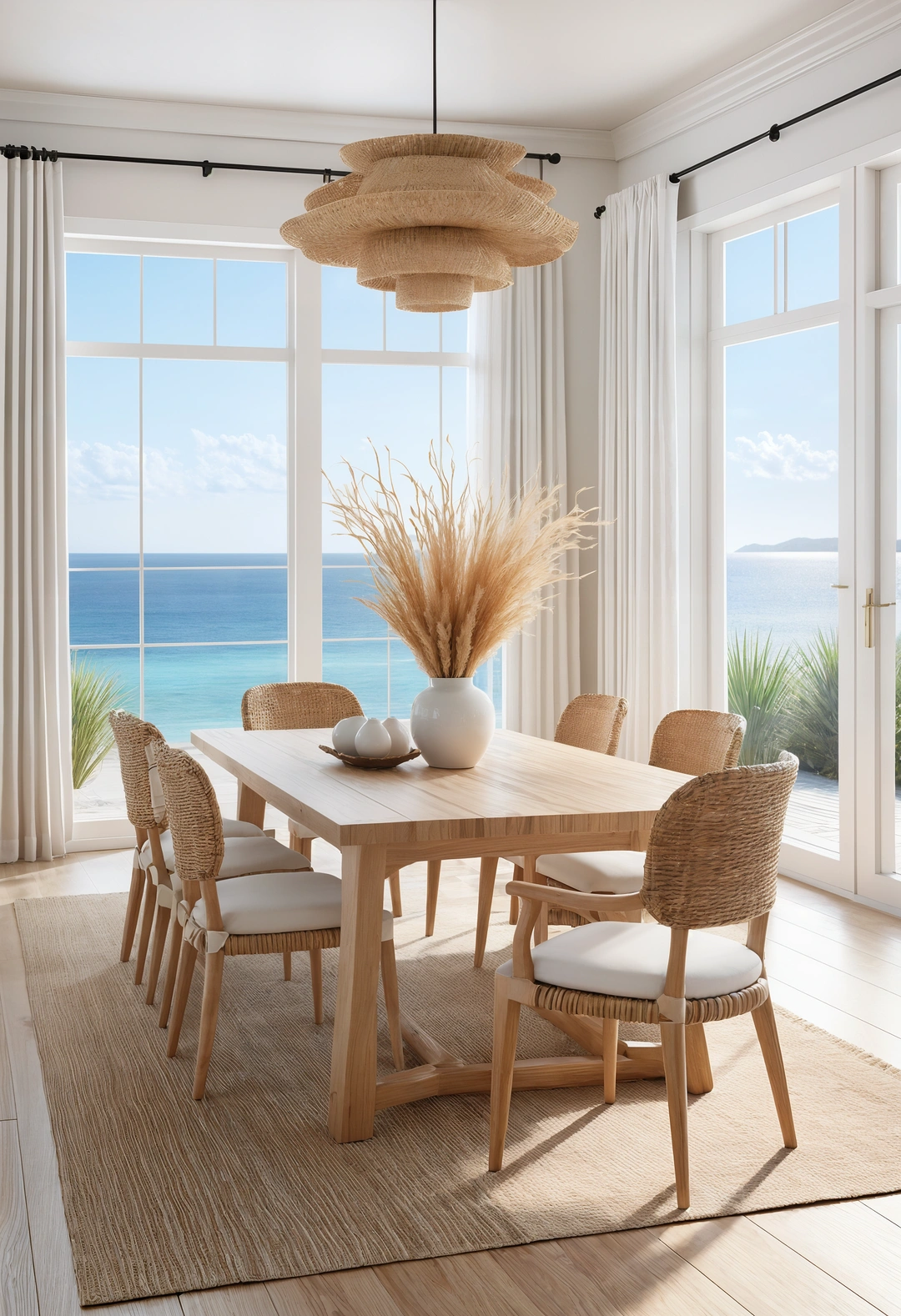
This environmental approach often appeals to those wanting relaxed, natural character. Light wood and blue-white palettes typically create serene environments while maintaining the restraint characteristic of minimalist aesthetics.
Design consideration: Coastal styling often works best in appropriate geographic contexts while their color palettes should enhance rather than compete with natural light.
Practical benefit: Nature-inspired palettes typically provide calming environments while offering flexibility to incorporate seasonal elements and natural decorative objects.
7. Biophilic Design Integration
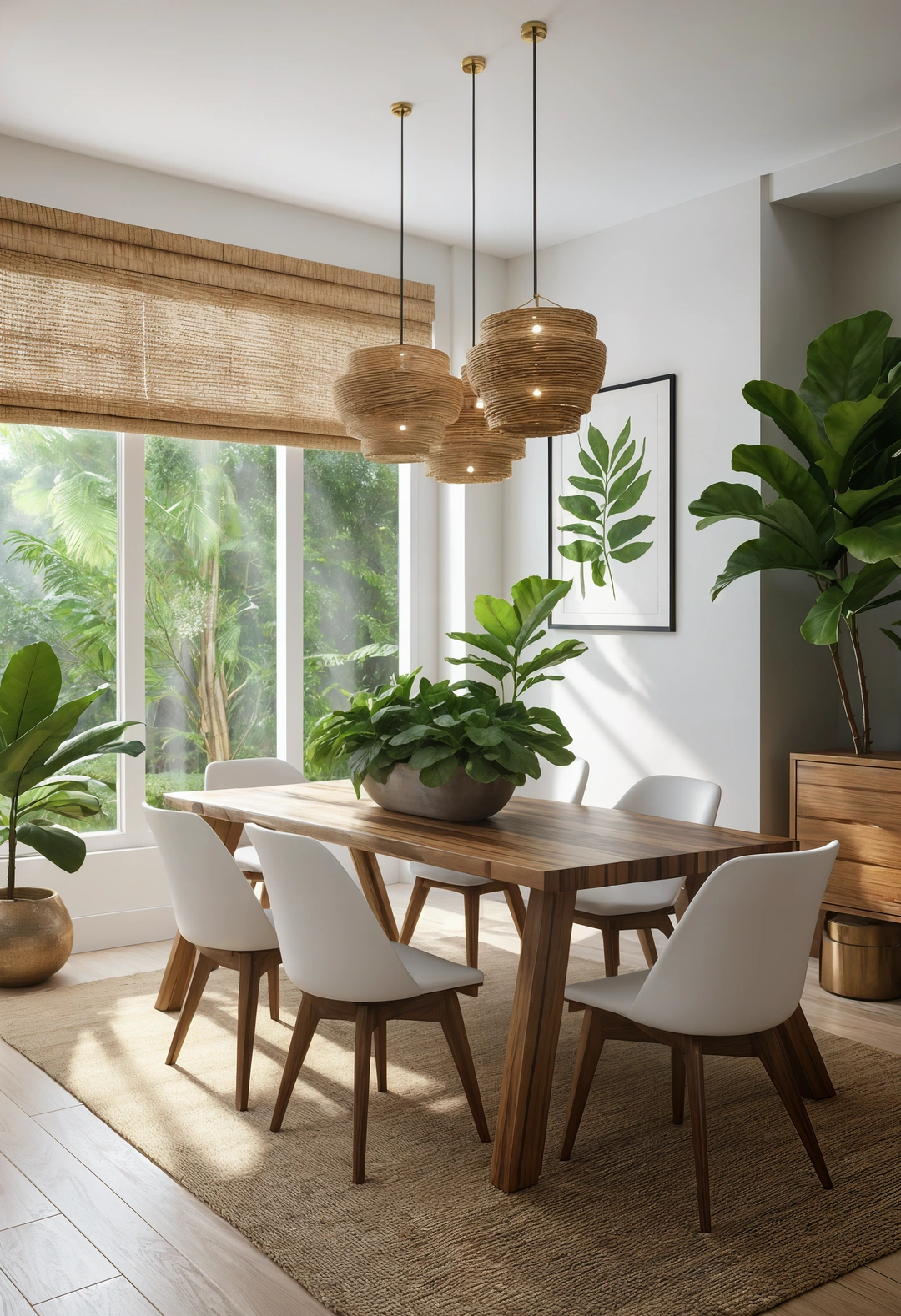
This natural approach often appeals to homeowners wanting connection to nature within simplified spaces. Living plants and organic materials typically enhance air quality while providing the natural elements that support wellness.
Design consideration: Plant integration often requires appropriate lighting while their care needs should be considered for busy family schedules and travel periods.
Practical benefit: Natural elements typically improve indoor air quality while providing seasonal interest that connects dining experiences with natural cycles and changes.
8. Contemporary Urban Styling
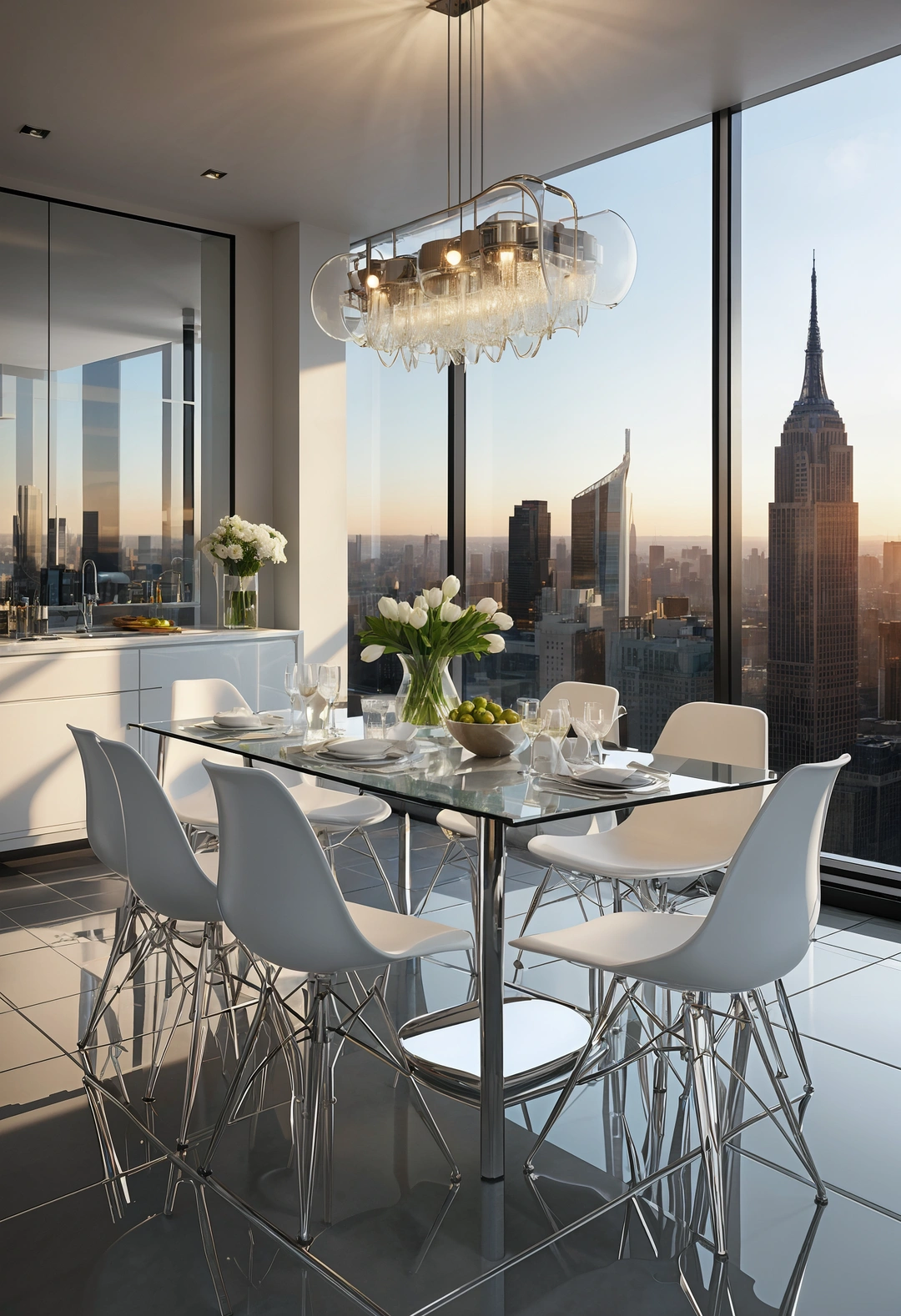
This modern approach often appeals to city dwellers wanting sleek, efficient dining solutions. Glass and chrome elements typically create spacious feelings while maintaining the clean lines essential to urban minimalism.
Design consideration: Contemporary materials often require regular maintenance while their selection should consider fingerprint resistance and family durability needs.
Practical benefit: Modern materials typically offer easy cleaning while providing the sophisticated appearance that works well in urban and contemporary home settings.
9. Hidden Storage Solutions
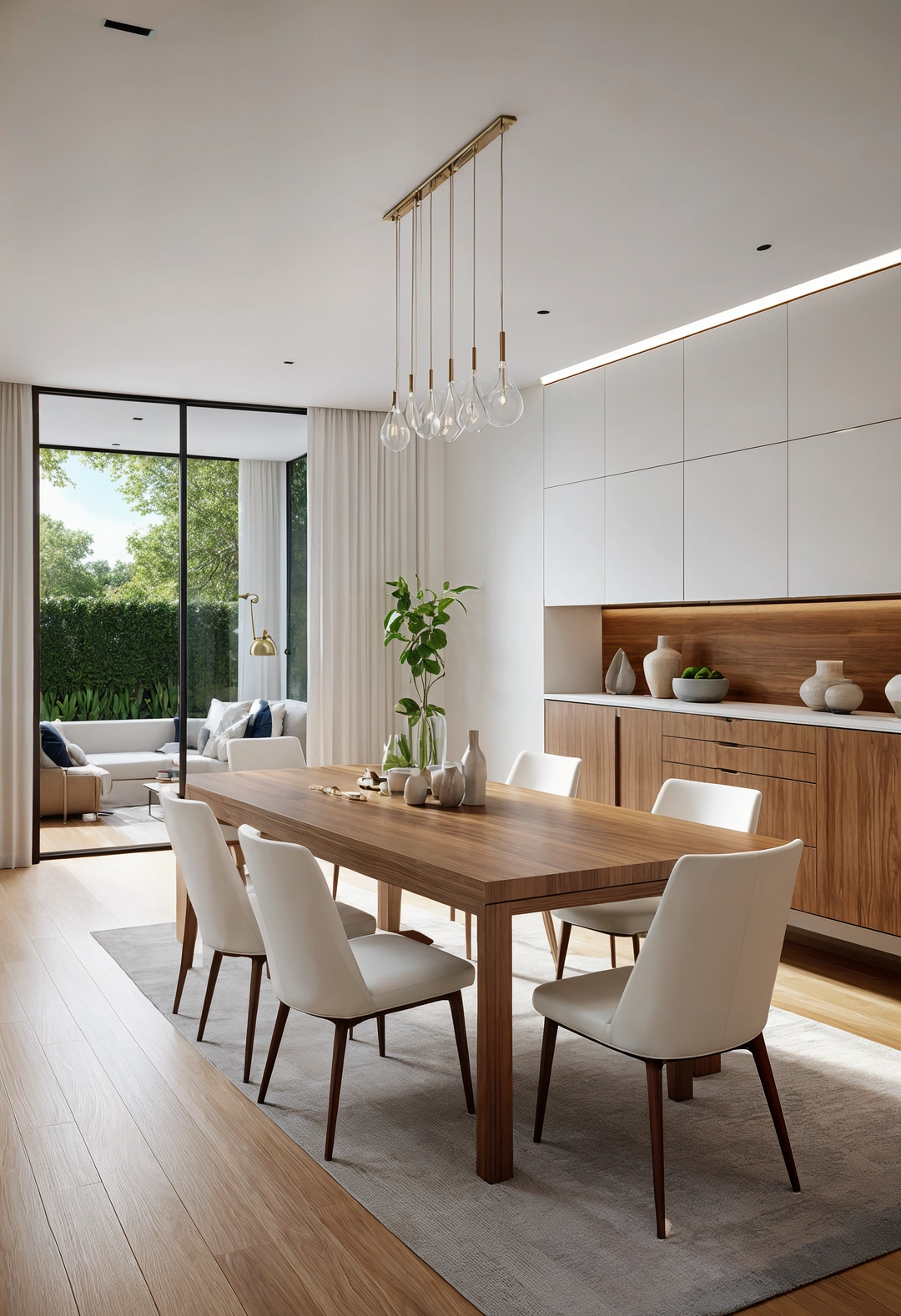
This organizational approach often appeals to families wanting uncluttered appearance with practical functionality. Concealed storage typically maintains visual simplicity while accommodating dining essentials and seasonal items.
Design consideration: Hidden storage often requires custom construction while their access should remain convenient for daily use and entertaining needs.
Practical benefit: Integrated storage typically reduces visual clutter while providing organized solutions that support efficient meal service and easy maintenance.
10. Artisan Craft Focus
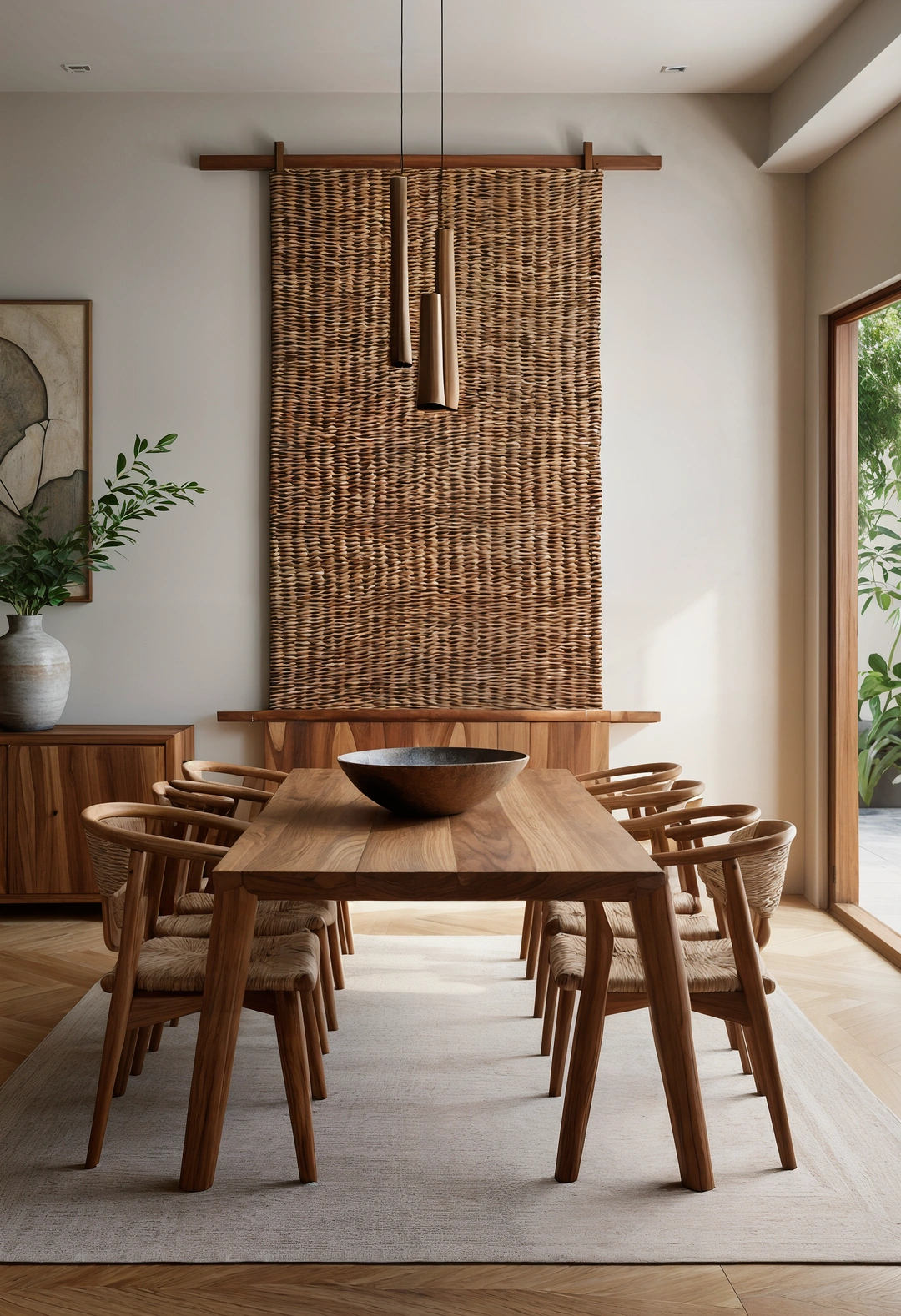
This quality approach often appeals to those wanting handcrafted character within minimalist frameworks. Carefully selected artisan pieces typically provide unique personality while maintaining the restraint essential to simplified design.
Design consideration: Handcrafted elements often require investment in quality while their selection should enhance rather than overwhelm clean minimalist compositions.
Practical benefit: Artisan pieces typically offer lasting character while providing unique elements that distinguish spaces from mass-produced commercial dining rooms.
11. Natural Light Optimization
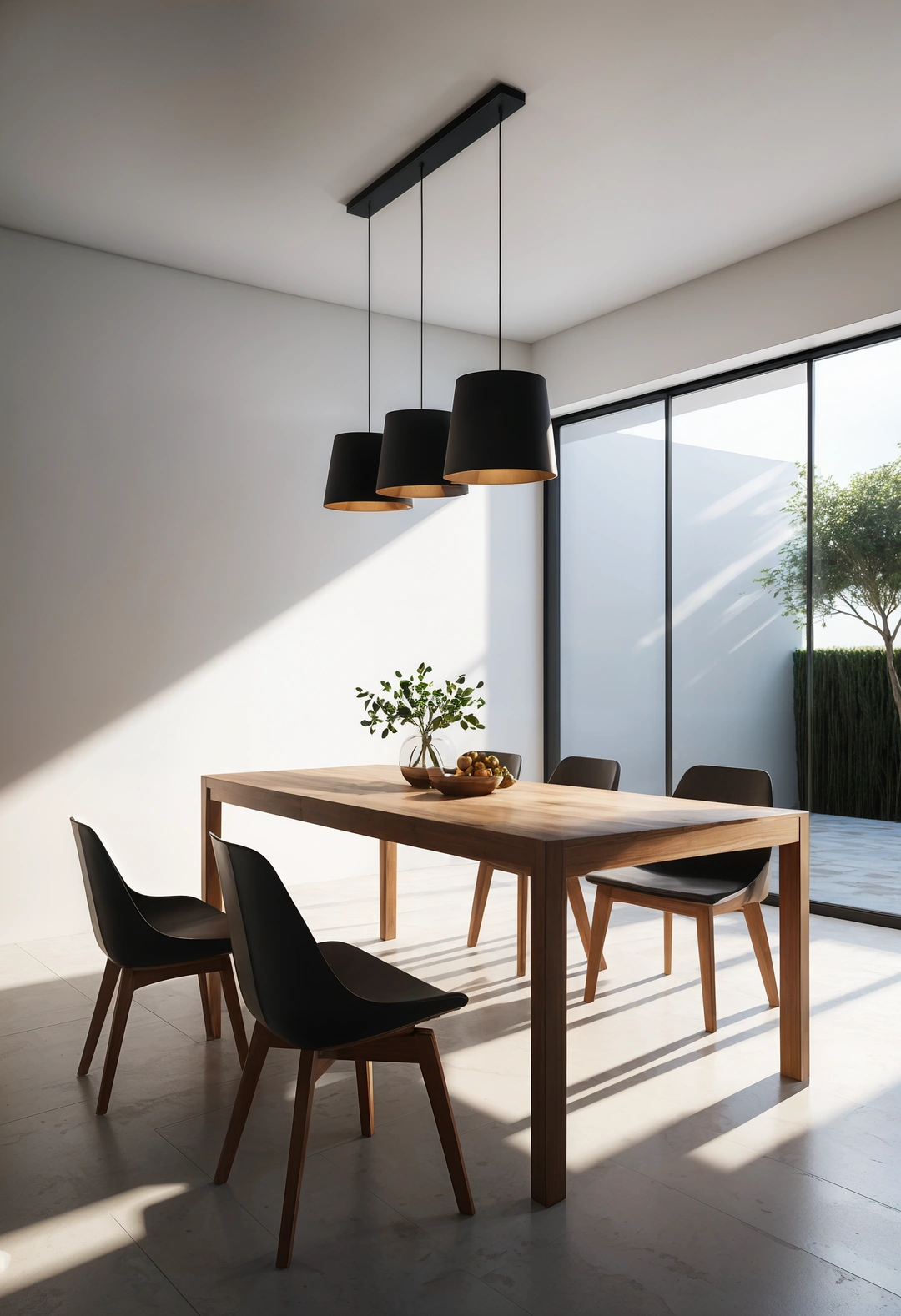
This environmental approach often appeals to homeowners wanting to maximize daylight benefits. Strategic furniture placement typically enhances natural illumination while reducing dependence on artificial lighting during daytime hours.
Design consideration: Light-focused design often requires understanding sun patterns while furniture arrangement should accommodate both bright and dim lighting conditions.
Practical benefit: Natural light typically reduces energy costs while providing psychological benefits that enhance dining experiences and family mood throughout different seasons.
12. Geometric Pattern Integration
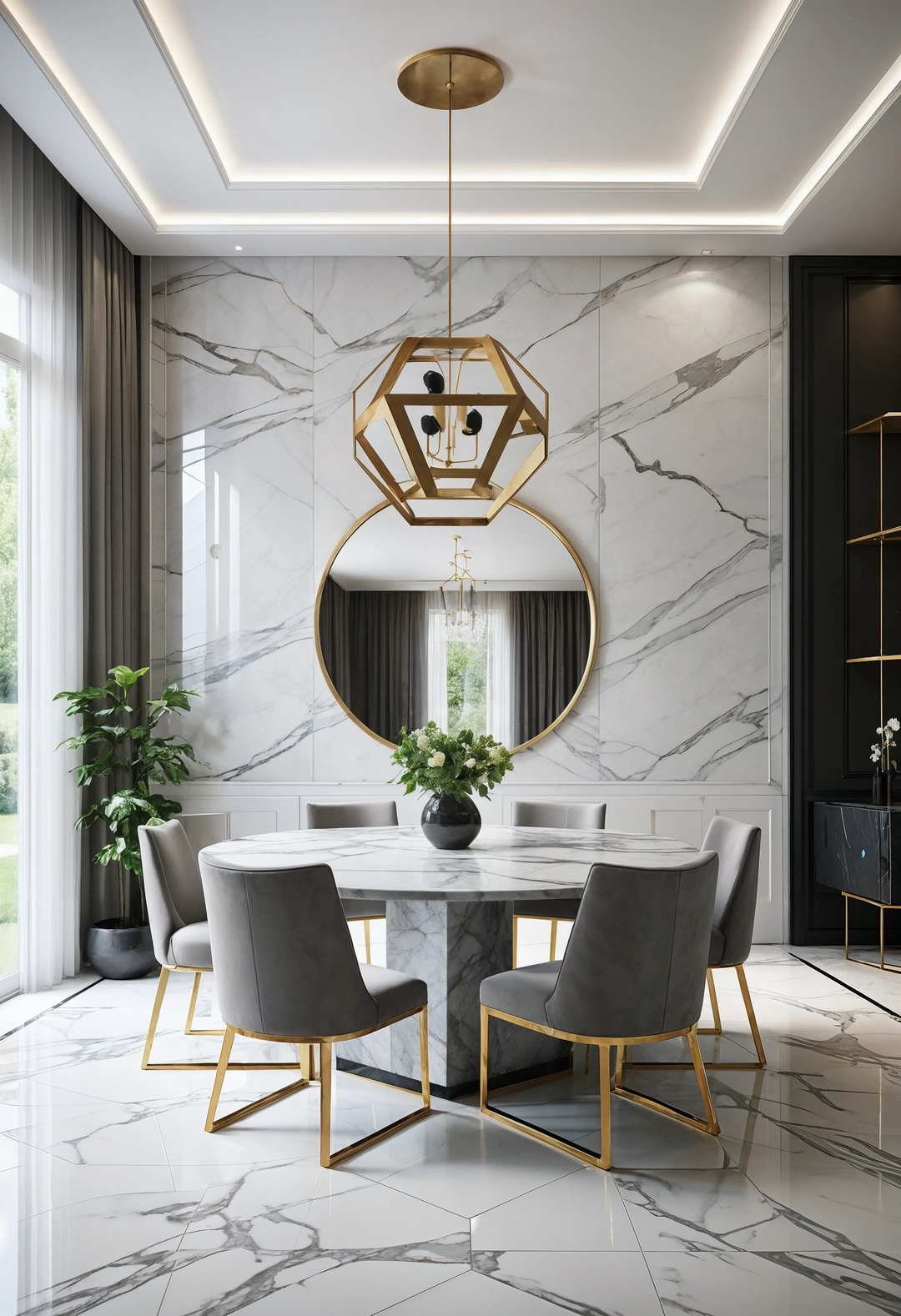
This visual approach often appeals to those wanting subtle interest within minimalist restraint. Geometric elements typically provide necessary pattern while maintaining the clean aesthetic characteristic of simplified design.
Design consideration: Geometric patterns often work best in limited applications while their scale should complement rather than overwhelm room proportions and furniture sizing.
Practical benefit: Subtle patterns typically provide visual interest while maintaining the calm atmosphere essential to minimalist dining and family relaxation.
13. Textural Material Layering
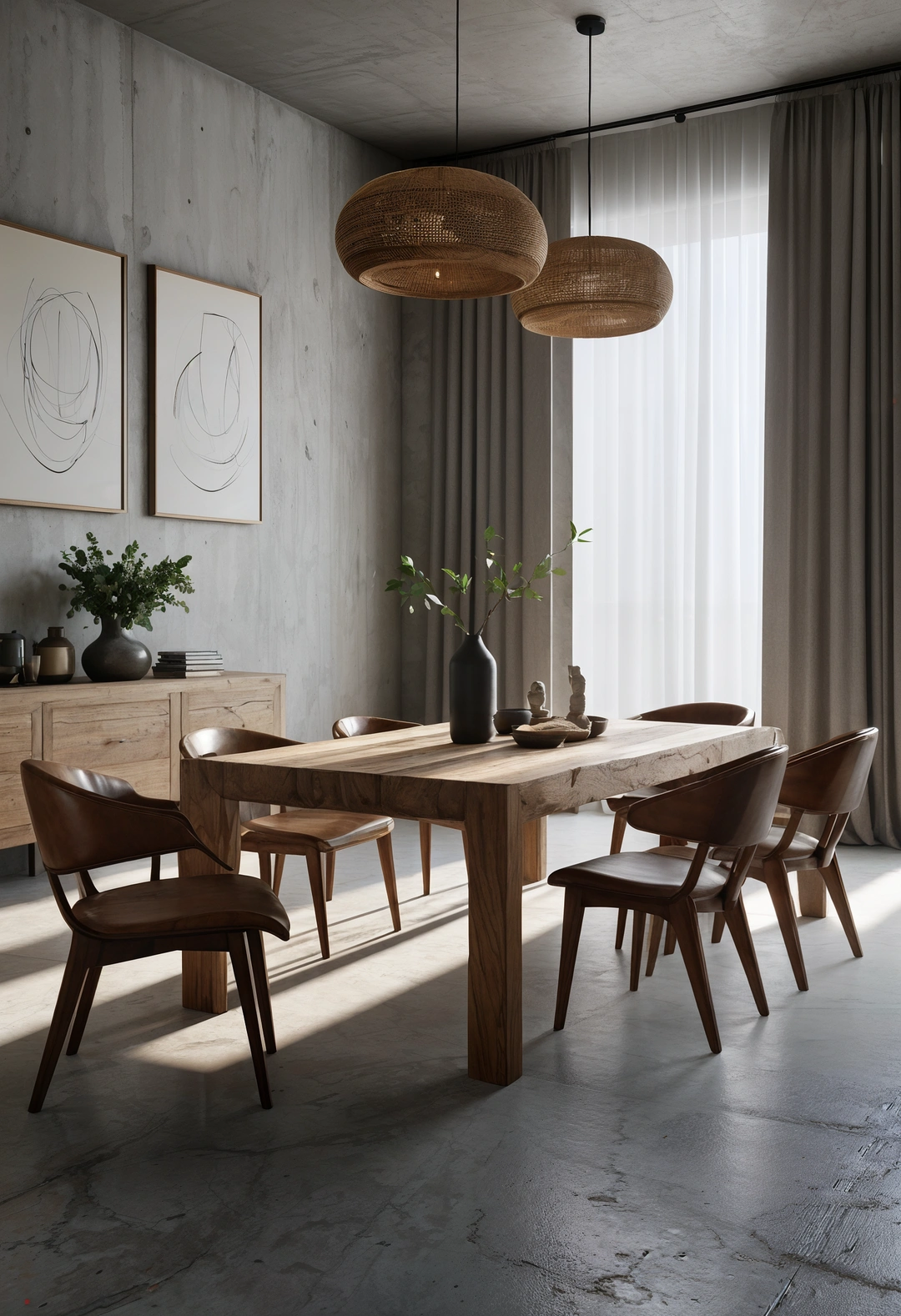
This sensory approach often appeals to homeowners wanting richness without color complexity. Varied textures typically provide tactile interest while maintaining neutral palettes that support minimalist aesthetics.
Design consideration: Texture combinations often require careful balance while their variety should enhance rather than complicate the clean simplicity essential to this approach.
Practical benefit: Mixed textures typically hide minor wear patterns while providing sensory appeal that enhances dining comfort and family satisfaction with daily use.
14. Visual Weight Reduction
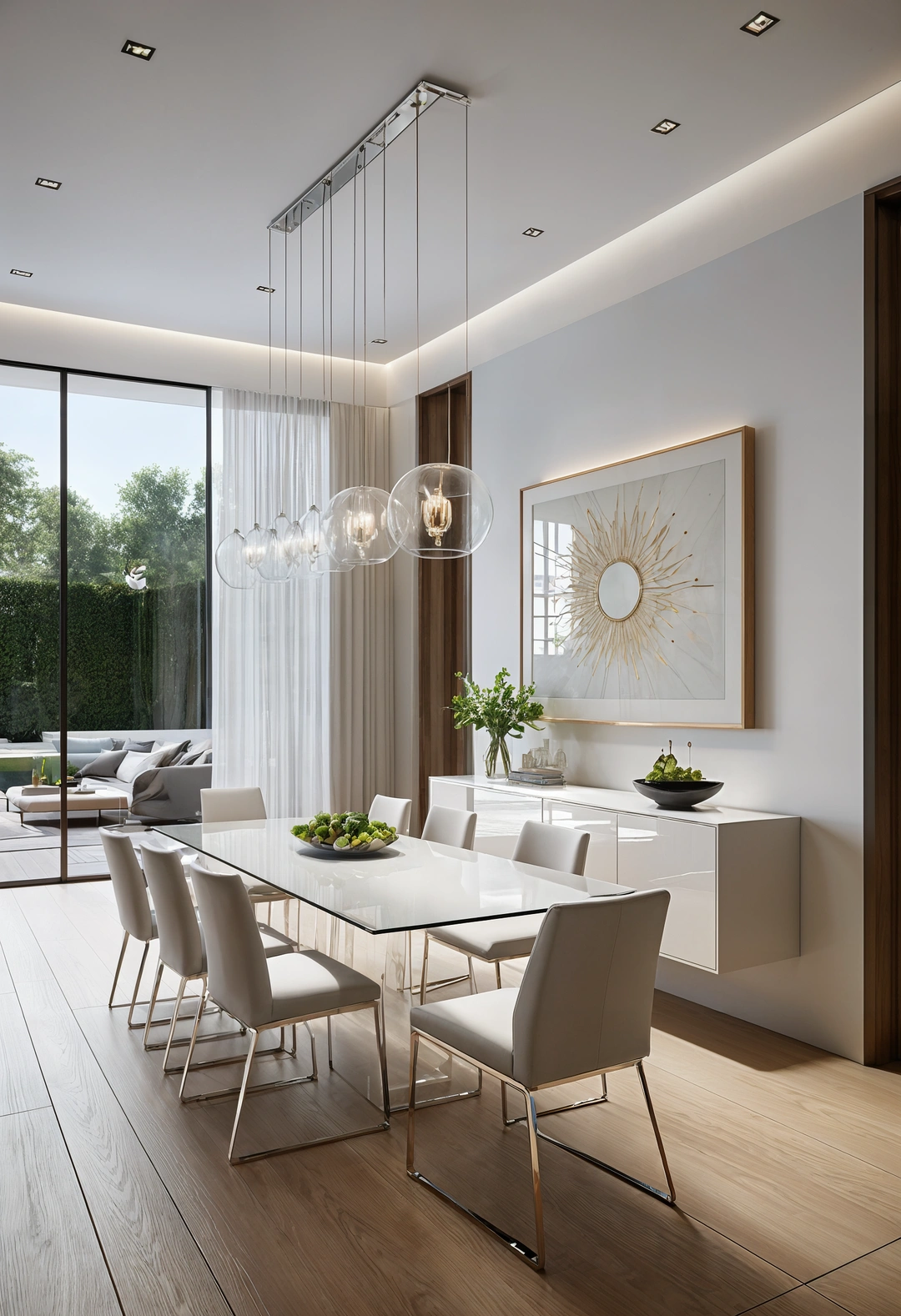
This spatial approach often appeals to those wanting airy, uncluttered feelings. Floating elements and slim profiles typically create spacious perceptions while maintaining necessary functionality for family dining.
Design consideration: Lightweight furniture often requires proper structural support while their selection should maintain adequate durability for daily family use and entertaining.
Practical benefit: Visually light elements typically make spaces appear larger while providing easier floor cleaning and flexible rearrangement options as needs change.
15. Era-Mixing Strategies
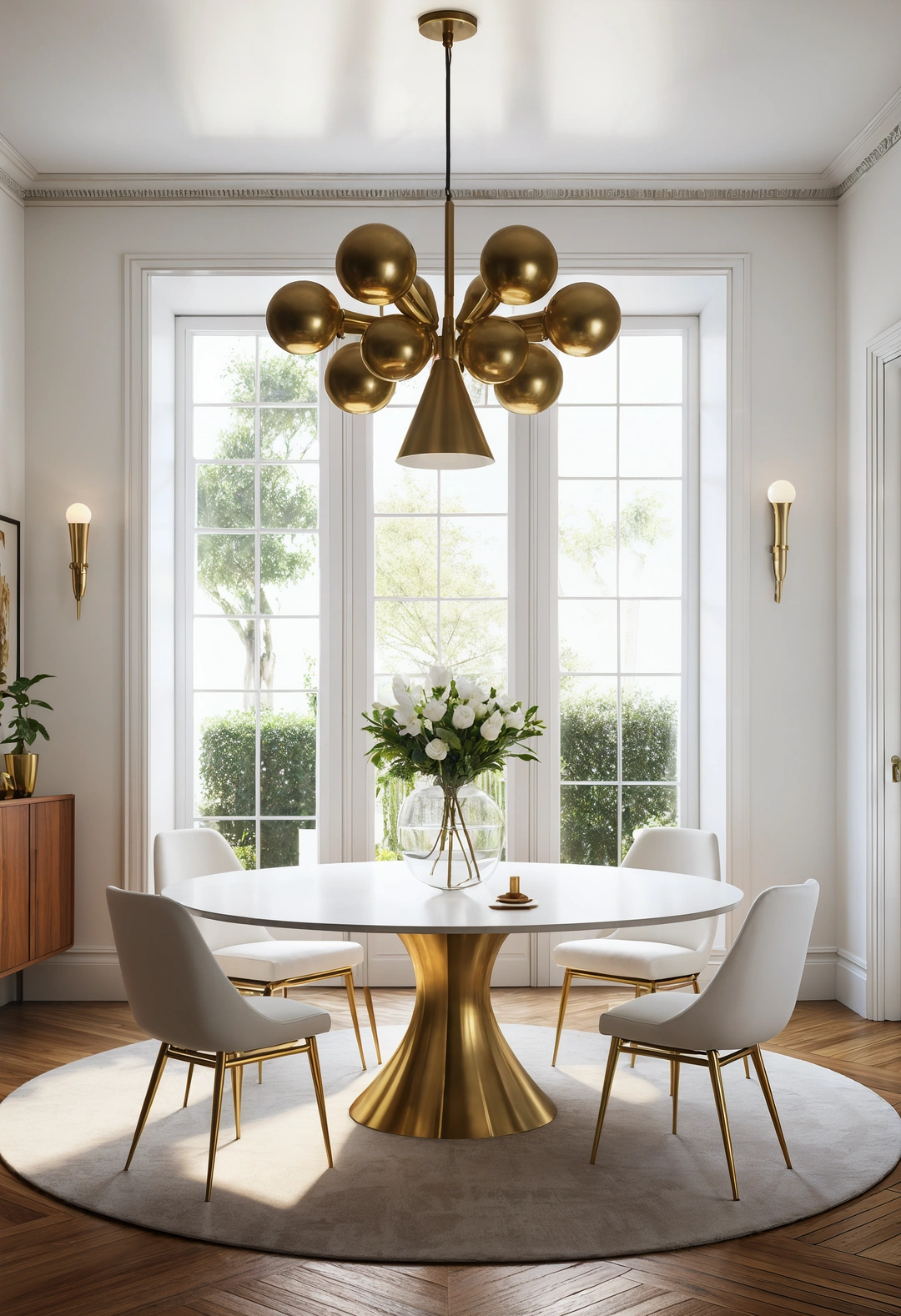
This curatorial approach often appeals to homeowners wanting personality through thoughtful selection. Carefully chosen vintage elements typically provide character while maintaining the cohesive aesthetic essential to minimalist design.
Design consideration: Mixed-era pieces often require careful coordination while their combination should enhance rather than create visual confusion or stylistic competition.
Practical benefit: Vintage integration typically offers unique character while providing quality construction that often surpasses contemporary mass-produced alternatives.
16. Proportional Relationships
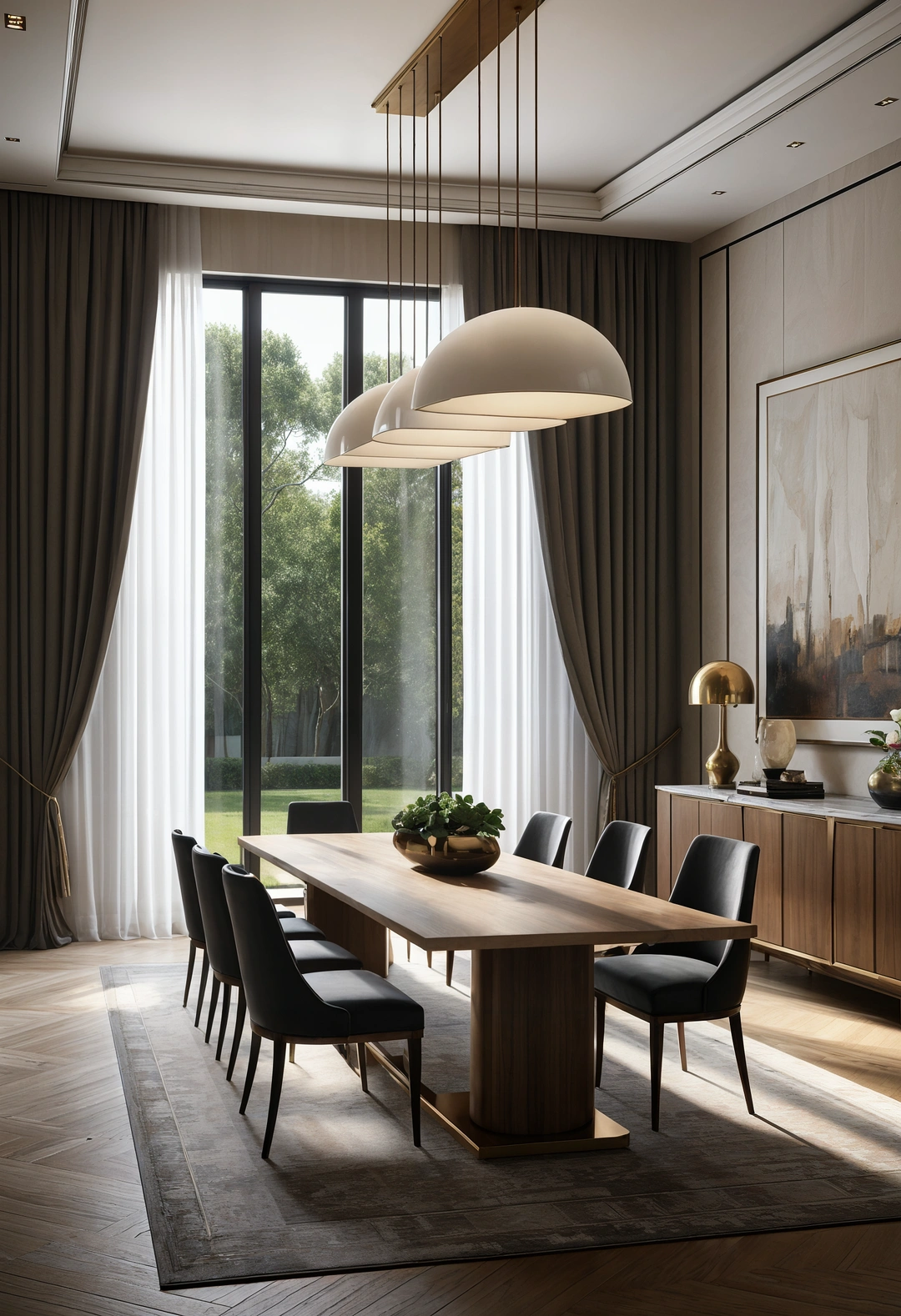
This architectural approach often appeals to those wanting sophisticated spatial harmony. Careful scale consideration typically creates visual balance while maintaining the clean proportions characteristic of minimalist design.
Design consideration: Scale relationships often require understanding room dimensions while furniture selection should enhance rather than overwhelm available space and architectural features.
Practical benefit: Proper proportions typically improve space functionality while creating comfortable environments that support both intimate meals and larger gatherings.
17. Reflective Surface Applications
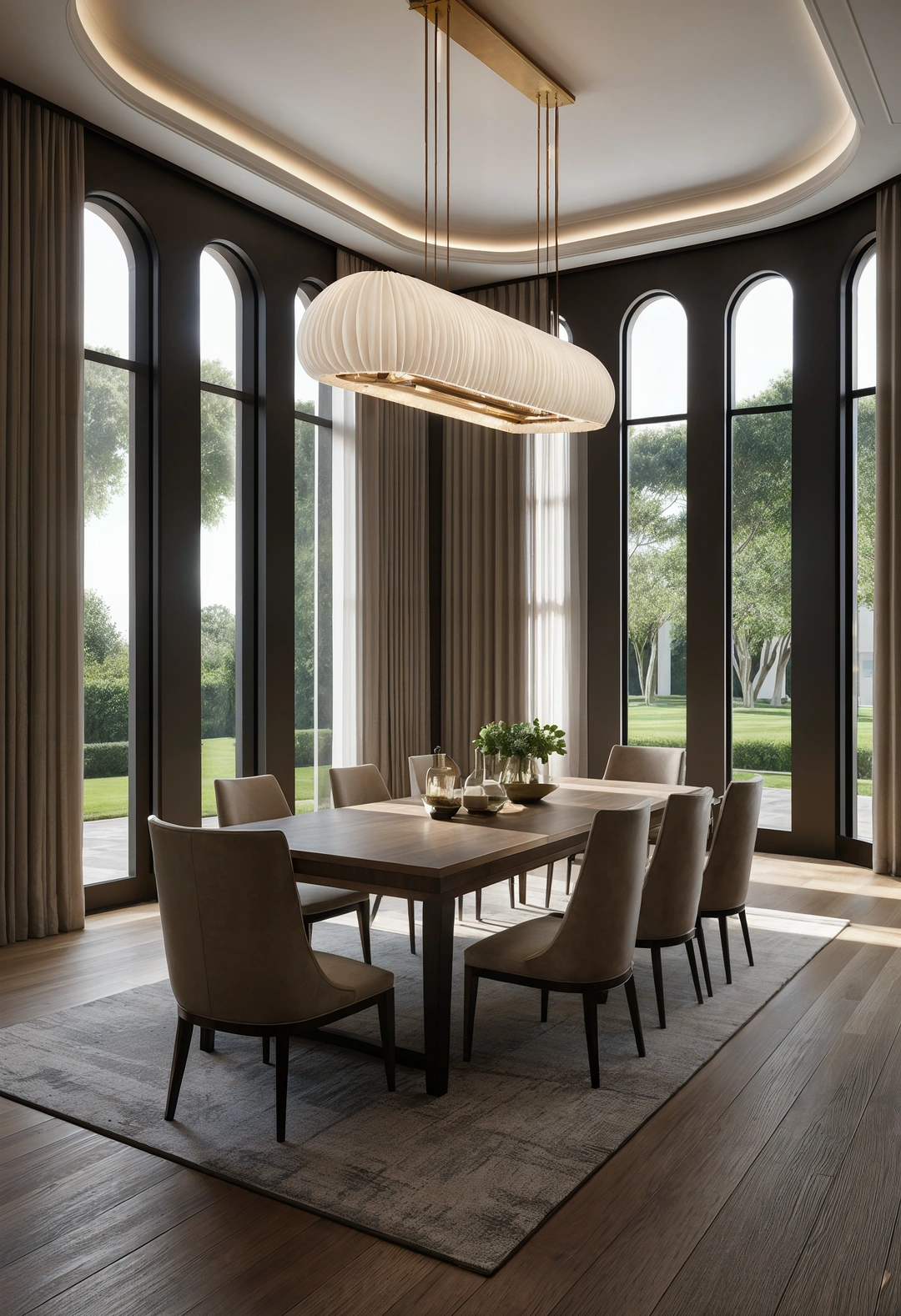
This light-enhancing approach often appeals to homeowners wanting to maximize brightness and spatial perception. Strategic mirror and metallic placement typically amplifies available light while maintaining minimalist restraint.
Design consideration: Reflective elements often require careful positioning while their quantity should enhance rather than create overwhelming or disorienting visual effects.
Practical benefit: Light-amplifying surfaces typically improve room brightness while providing the enhanced spatial perception that makes dining areas feel more spacious and comfortable.
18. Family-Centered Functionality
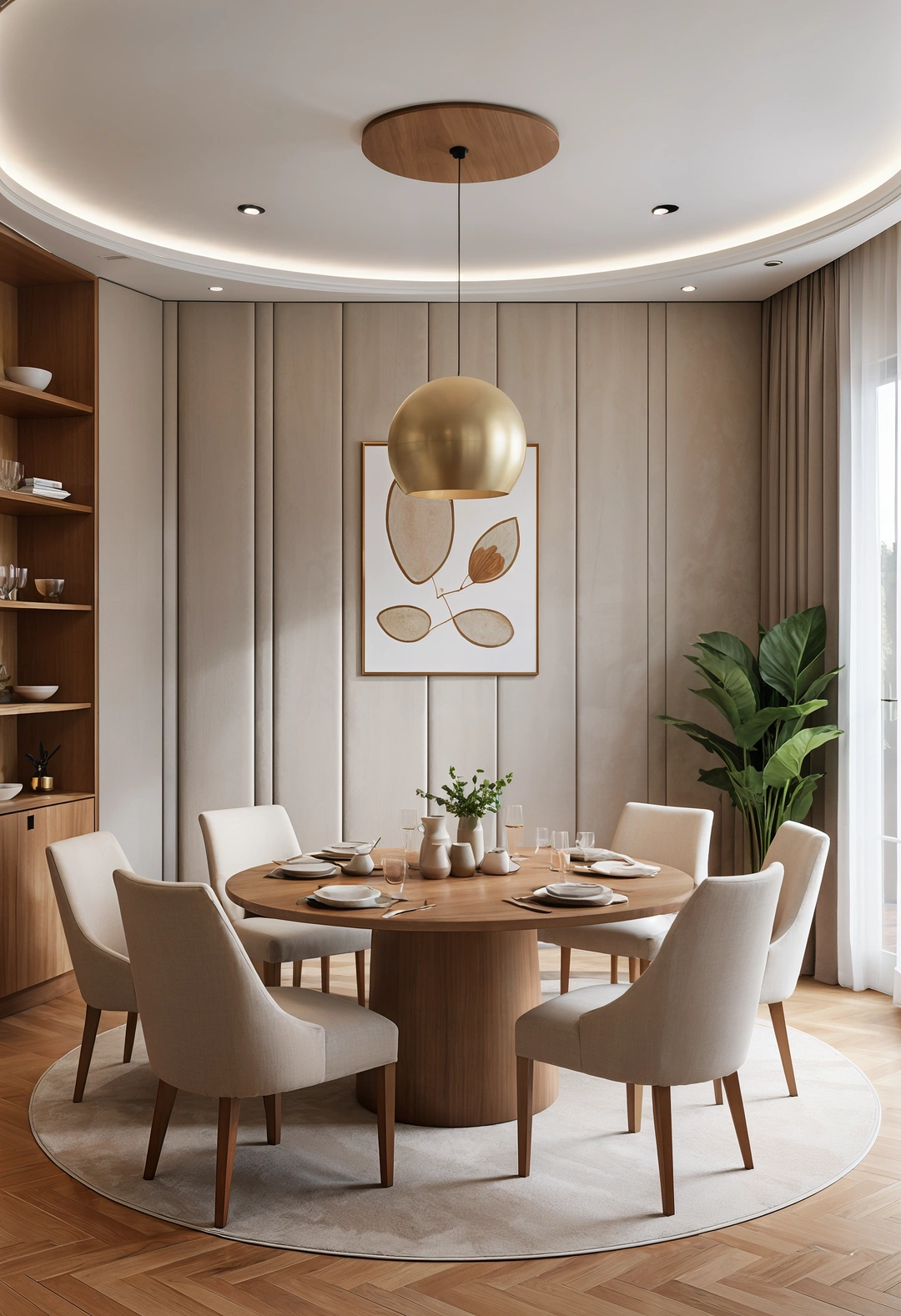
This practical approach often appeals to households with children wanting both beauty and durability. Stain-resistant materials and rounded edges typically provide safety while maintaining the clean aesthetic essential to minimalist design.
Design consideration: Family-friendly elements often require balancing safety with aesthetics while their selection should maintain design integrity without compromising child comfort.
Practical benefit: Durable family materials typically reduce maintenance stress while providing safe environments that support relaxed family dining and child participation.
19. Strategic Color Placement
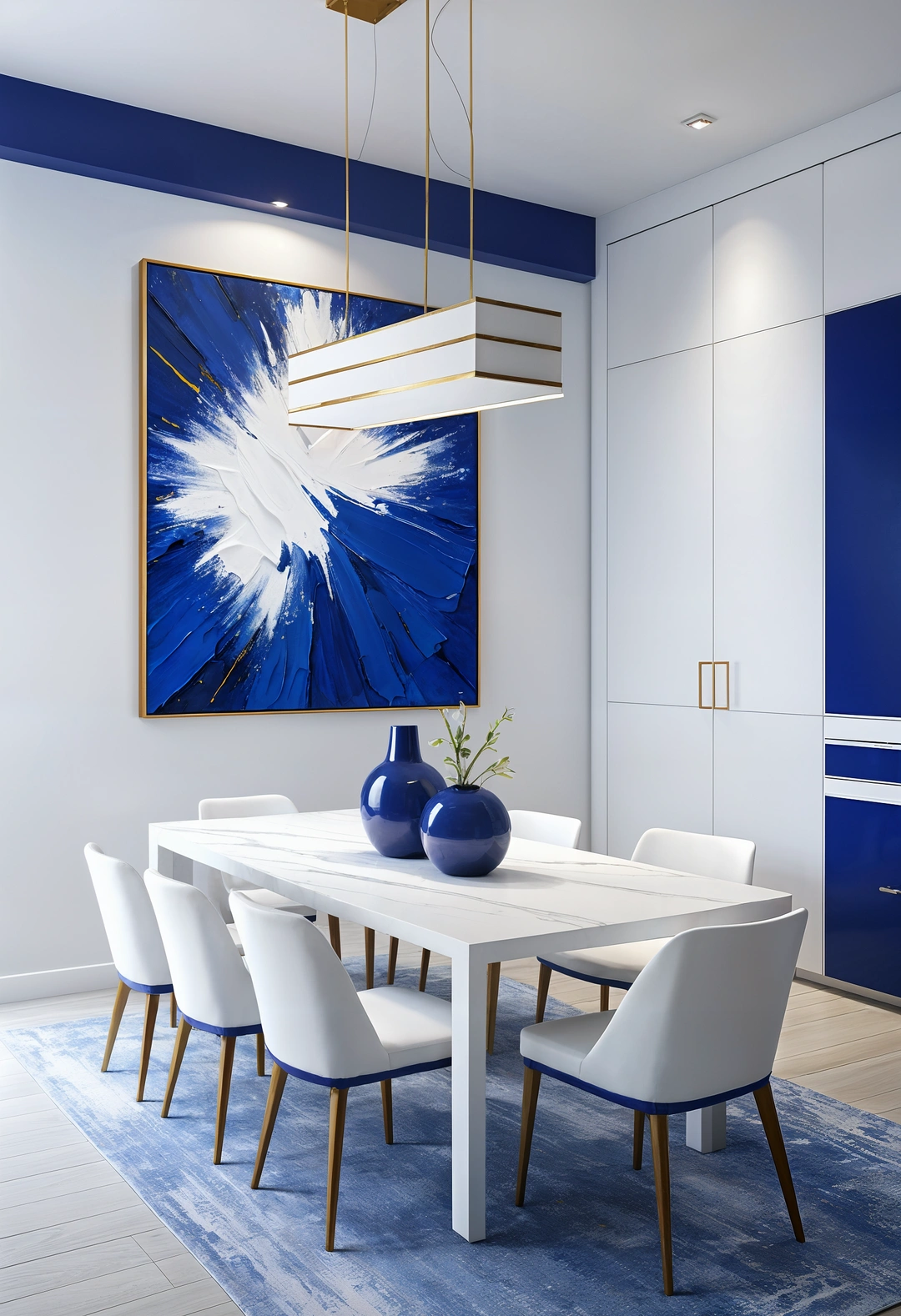
This accent approach often appeals to those wanting personality within minimalist restraint. Carefully placed color elements typically provide visual interest while maintaining the neutral foundation characteristic of simplified design.
Design consideration: Color accents often work best in limited applications while their selection should enhance rather than disrupt the calm atmosphere essential to minimalist dining.
Practical benefit: Strategic color use typically allows for easy updates while providing flexibility to adjust room mood seasonally or as family preferences change.
20. Acoustic Comfort Solutions
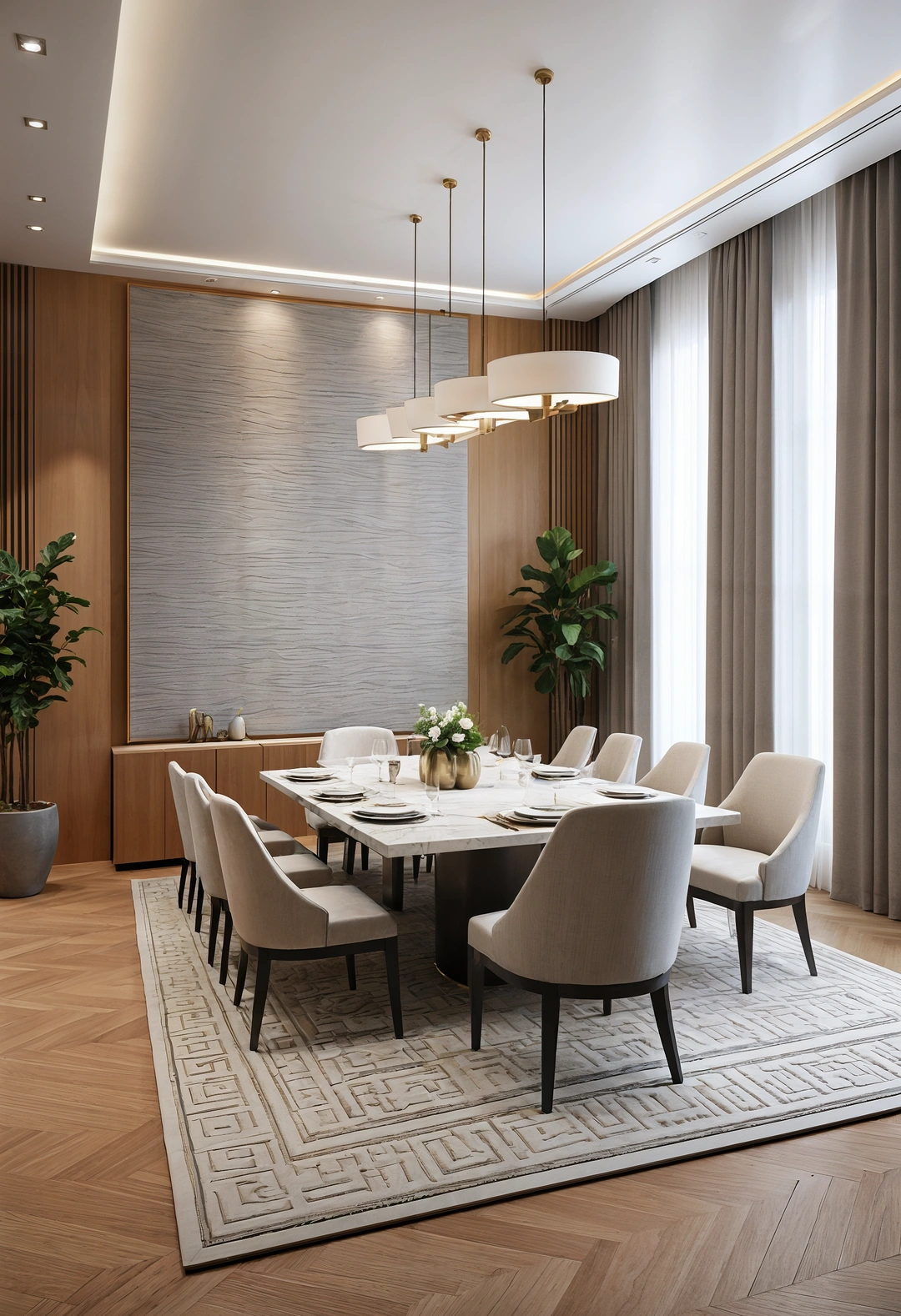
This environmental approach often appeals to families wanting comfortable sound environments. Soft furnishing elements typically absorb noise while maintaining the clean aesthetic essential to minimalist design.
Design consideration: Acoustic elements often require balancing sound absorption with visual simplicity while their placement should enhance rather than compromise clean lines.
Practical benefit: Sound-absorbing materials typically improve conversation comfort while providing the quiet environment that supports relaxed family dining and entertaining.
21. Technology Integration Solutions
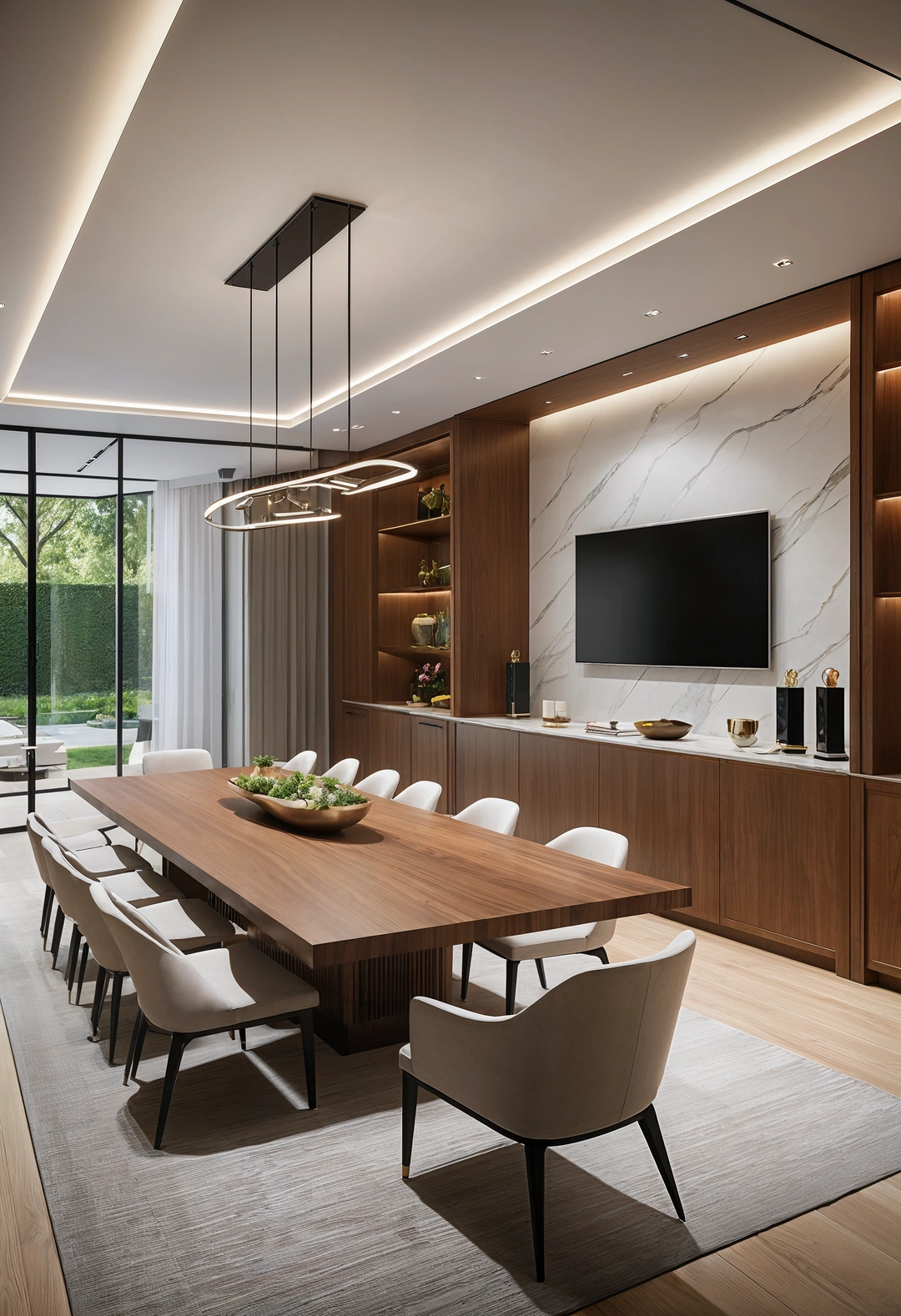
This modern approach often appeals to contemporary families wanting convenience without visual complexity. Hidden technology typically provides necessary functionality while maintaining the uncluttered appearance essential to minimalist aesthetics.
Design consideration: Technology integration often requires advance planning while concealment should enhance rather than complicate daily use and maintenance access.
Practical benefit: Discrete technology typically improves daily convenience while preserving the calm, uncluttered atmosphere that supports mindful dining and family connection.
22. Material Combination Strategies
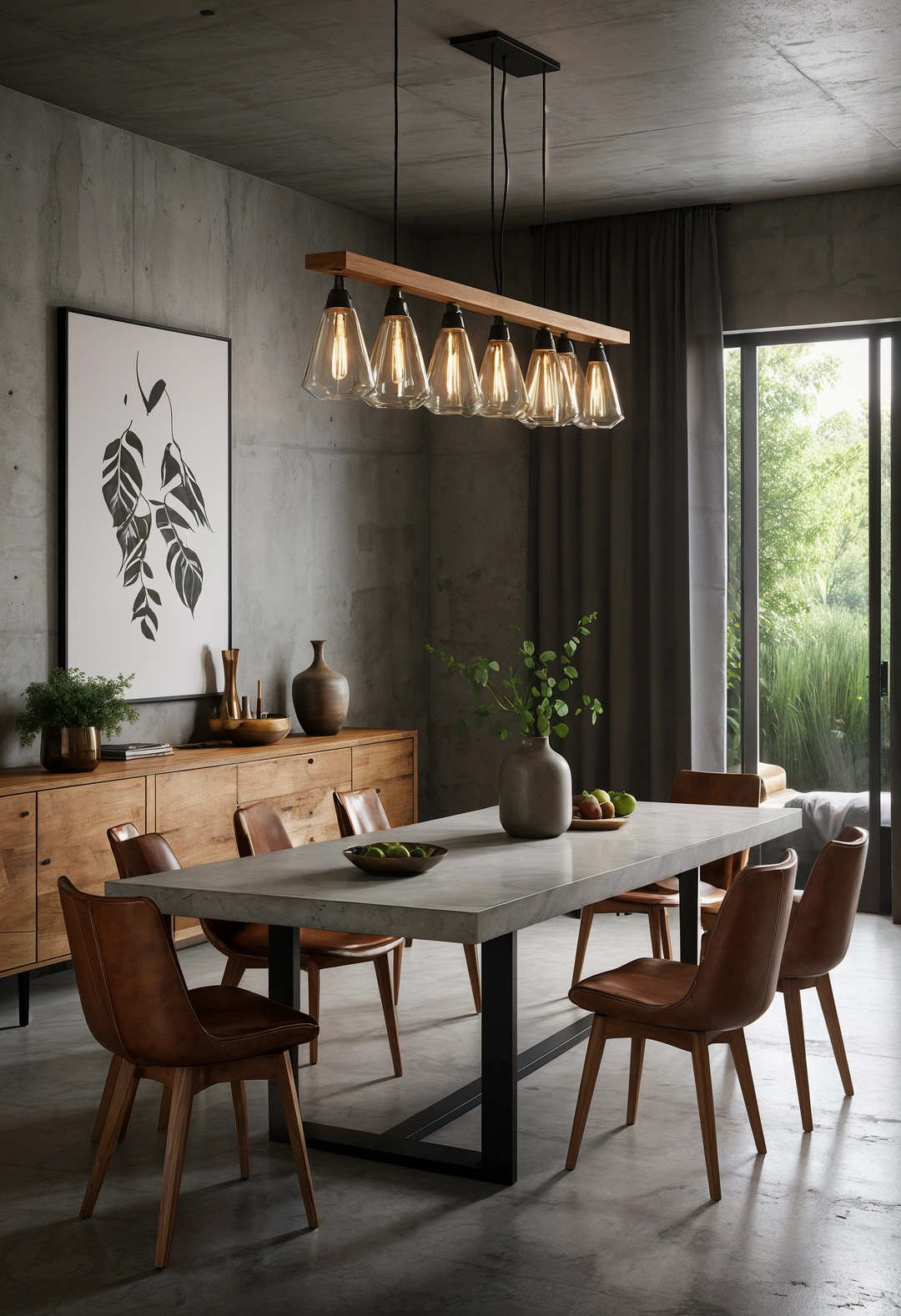
This textural approach often appeals to homeowners wanting visual interest through thoughtful material selection. Complementary materials typically provide necessary variety while maintaining the cohesive aesthetic characteristic of minimalist design.
Design consideration: Material combinations often require understanding different maintenance needs while their selection should create harmony rather than visual competition or confusion.
Practical benefit: Thoughtful material mixing typically provides durability variety while offering the visual richness that prevents minimalist spaces from appearing sterile or uncomfortable.
23. Architectural Feature Enhancement
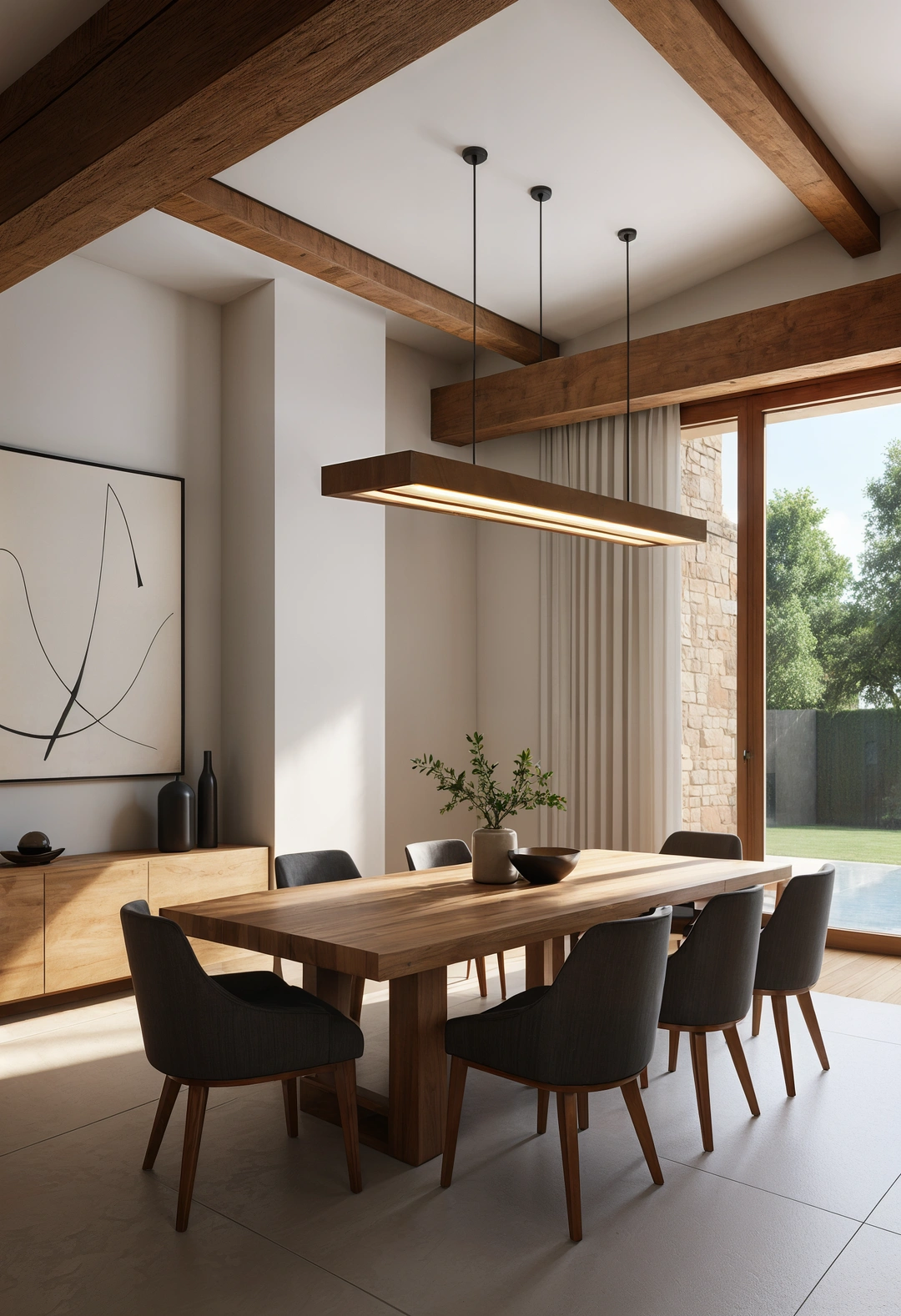
This structural approach often appeals to homes with distinctive architectural elements. Simplified furnishing typically allows architectural features to shine while maintaining the restraint essential to minimalist design.
Design consideration: Architectural focus often requires understanding existing features while furniture selection should complement rather than compete with structural elements.
Practical benefit: Feature emphasis typically enhances property character while providing the distinctive elements that create memorable spaces without requiring additional decorative objects.
24. Seasonal Adaptation Planning
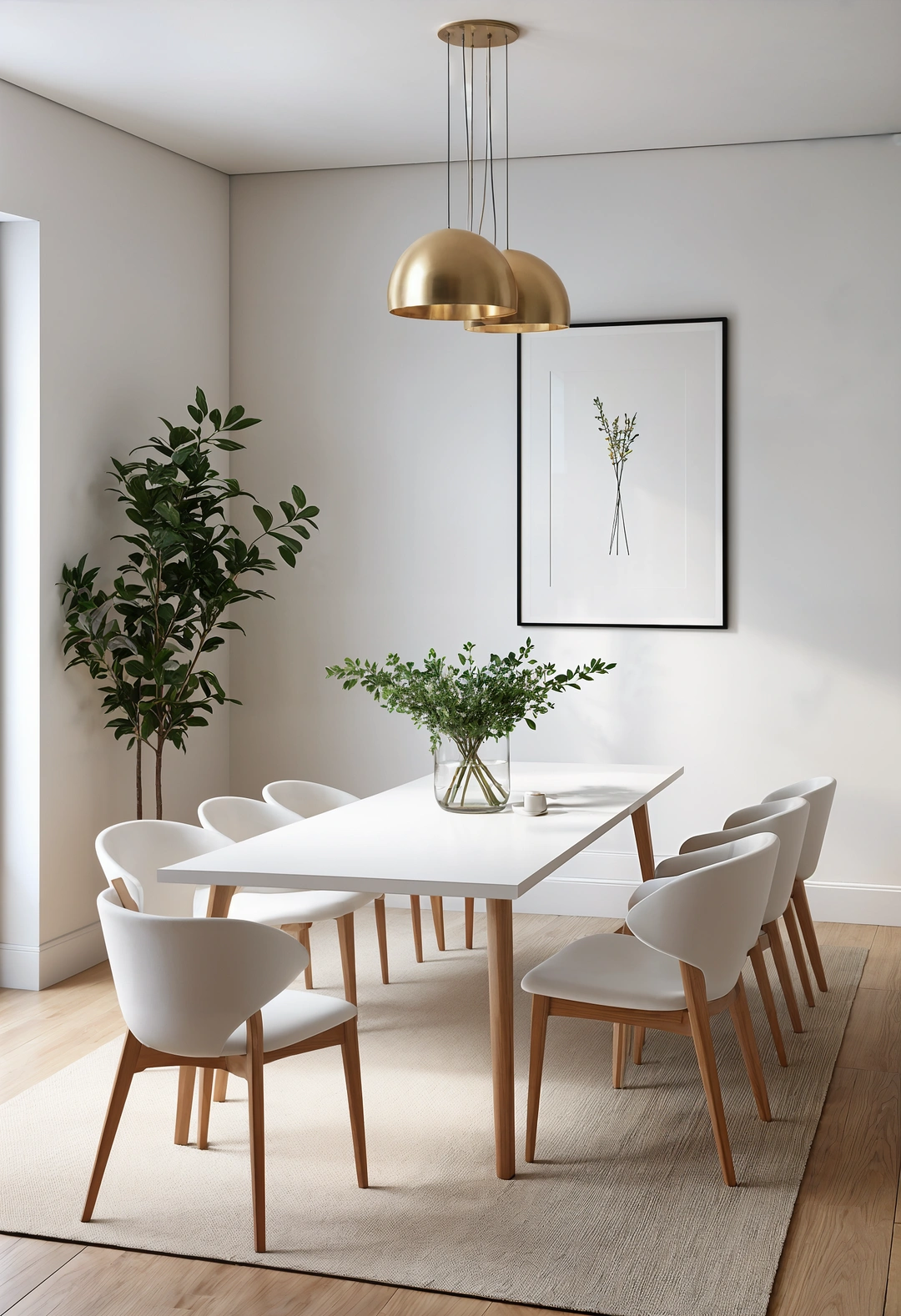
This flexible approach often appeals to homeowners wanting variety within minimalist frameworks. Neutral foundations typically accommodate seasonal changes while maintaining the clean aesthetic essential to simplified design.
Design consideration: Seasonal flexibility often requires planning for storage while base elements should remain attractive and functional without temporary additions.
Practical benefit: Adaptable design typically prevents boredom while providing opportunities for seasonal refreshment that maintain family interest and connection to natural cycles.
25. Functional Art Integration
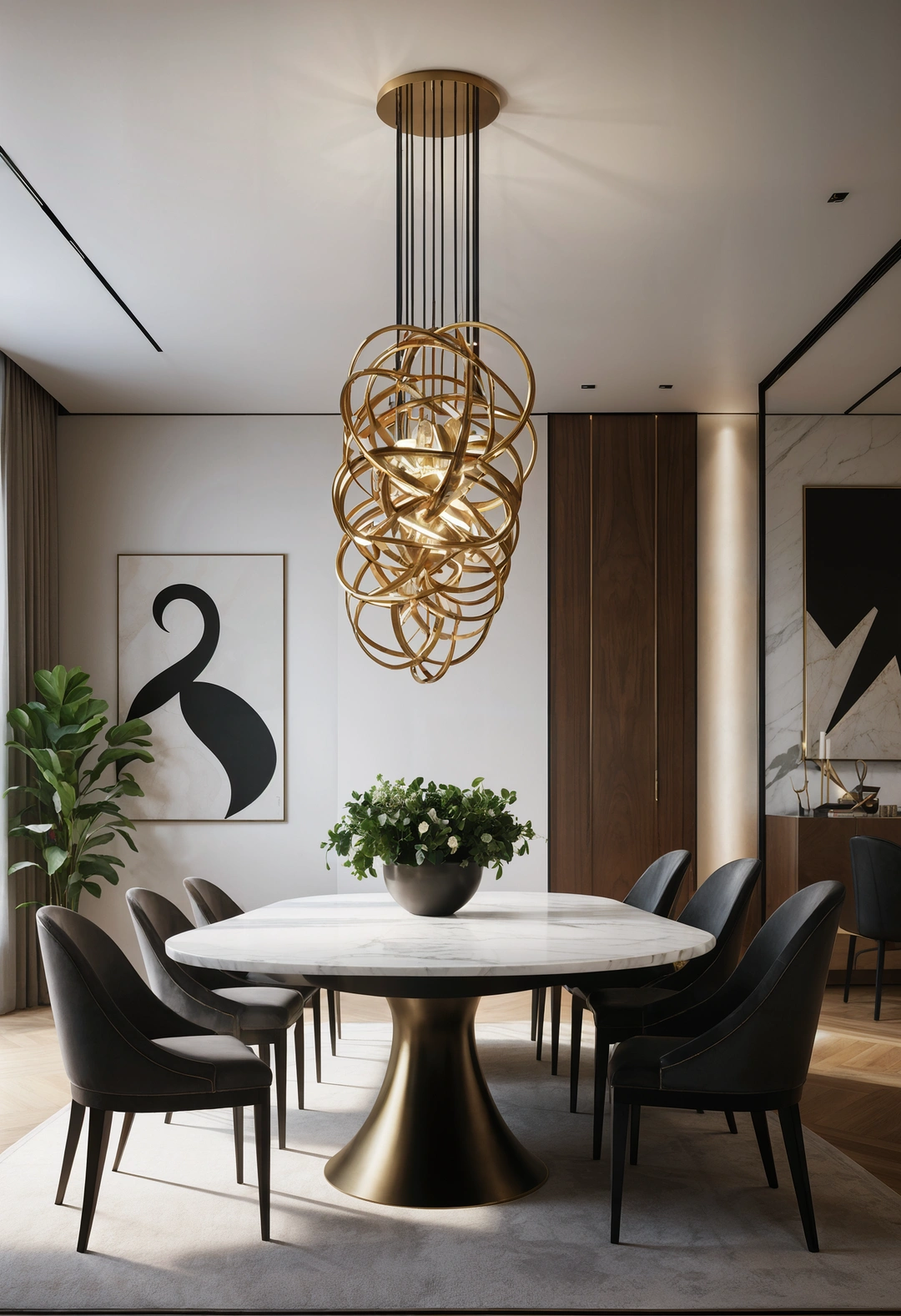
This curatorial approach often appeals to those wanting beauty that serves practical purposes. Multi-functional objects typically provide necessary utility while maintaining the aesthetic quality essential to minimalist design.
Design consideration: Functional art often requires balancing beauty with utility while selection should enhance rather than compromise either practical or aesthetic requirements.
Practical benefit: Dual-purpose objects typically maximize space efficiency while providing the artistic elements that prevent minimalist spaces from appearing austere or uninviting.
26. Daylight Enhancement Strategies
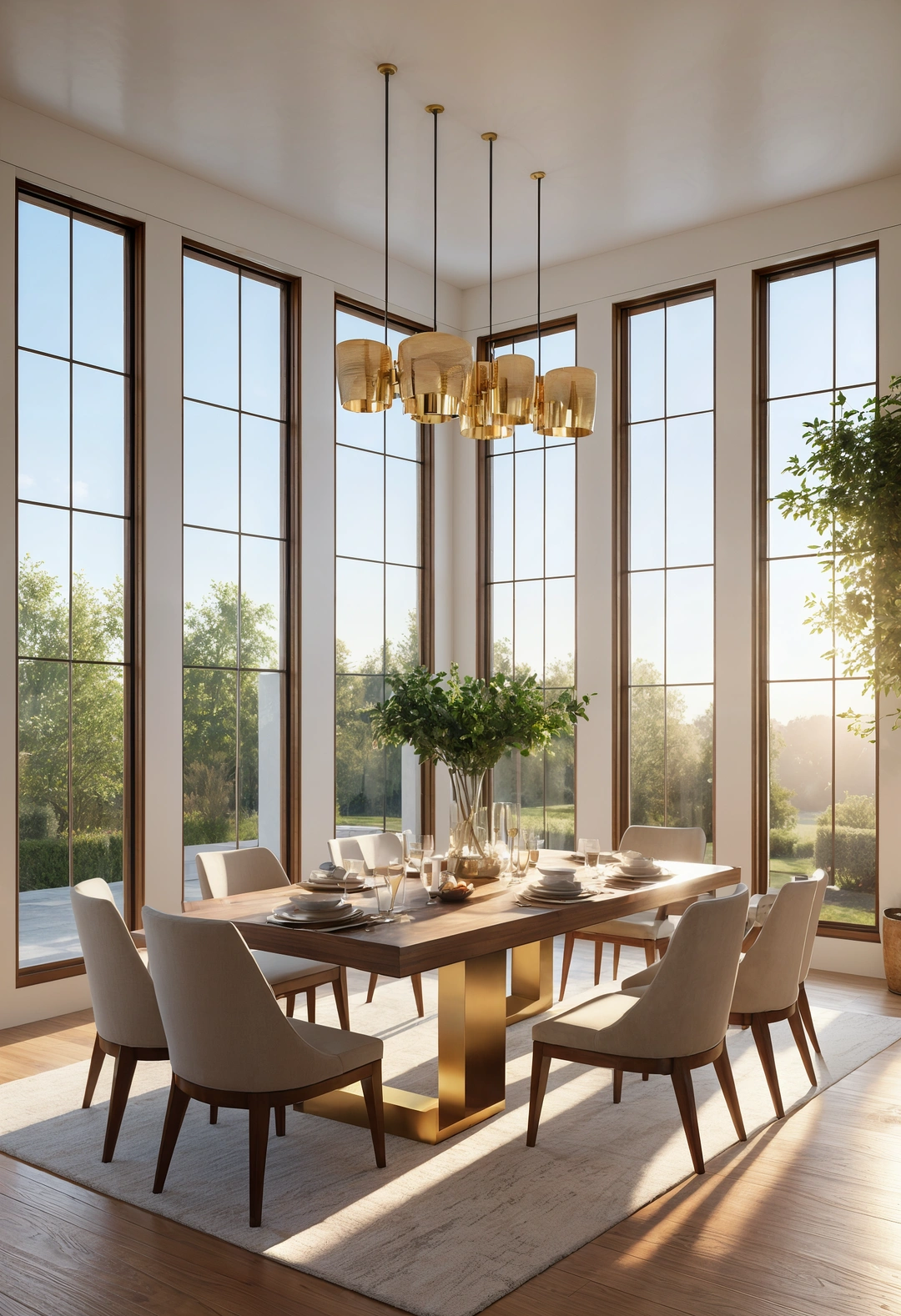
This environmental approach often appeals to homeowners wanting to maximize natural illumination benefits. Window treatment and furniture decisions typically optimize available light while maintaining privacy and comfort needs.
Design consideration: Light maximization often requires balancing brightness with glare control while solutions should maintain visual privacy and temperature comfort.
Practical benefit: Enhanced natural light typically reduces energy costs while providing the psychological benefits that improve family mood and dining satisfaction.
27. Small Space Optimization
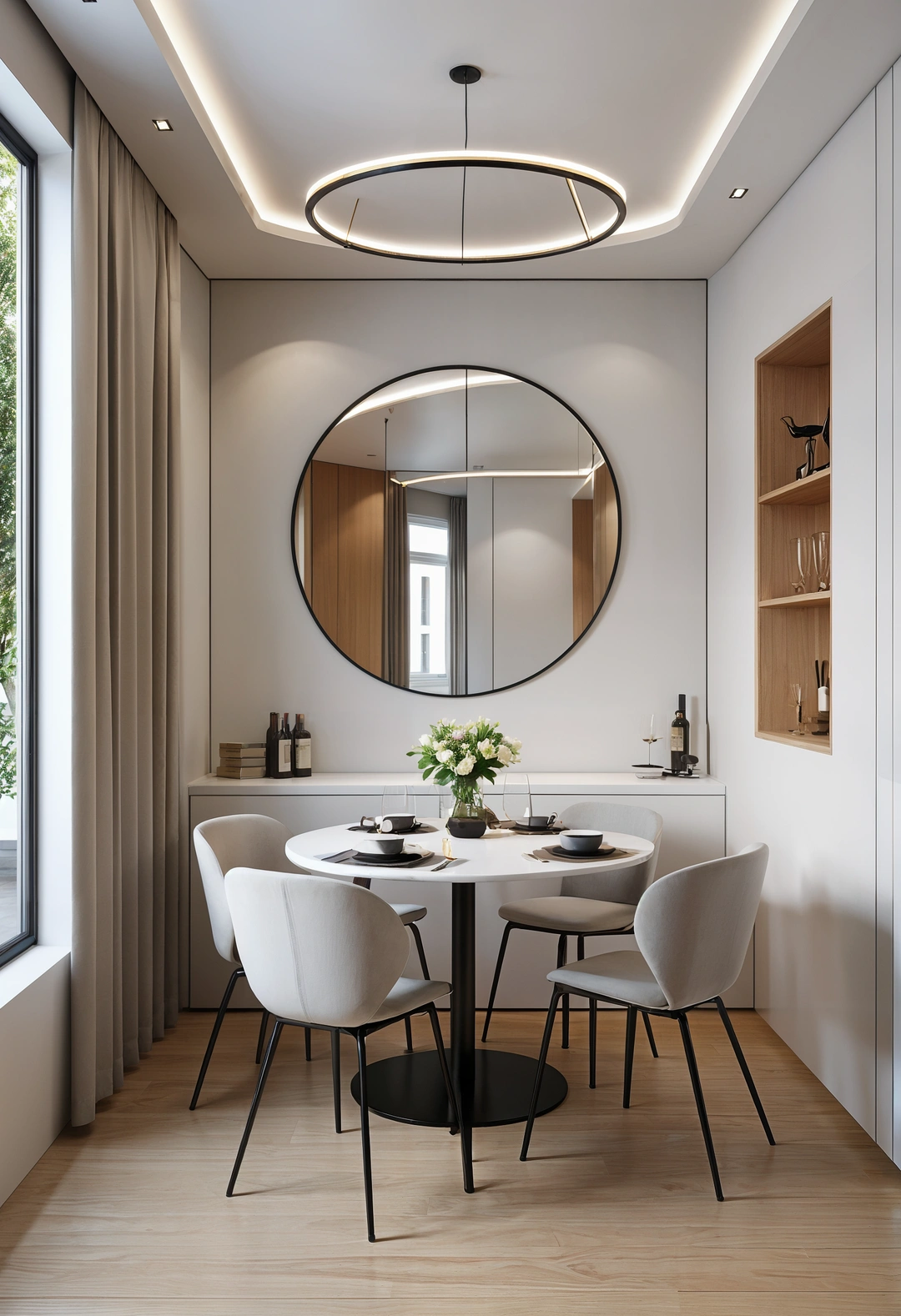
This efficiency approach often appeals to compact homes wanting maximum functionality. Space-saving solutions typically maintain minimalist aesthetics while accommodating all necessary dining functions within limited areas.
Design consideration: Compact design often requires multi-functional furniture while space planning should maintain comfortable circulation and adequate seating for family needs.
Practical benefit: Efficient small spaces typically feel larger through thoughtful design while providing all necessary functions without overwhelming limited square footage.
28. Environmental Responsibility Integration
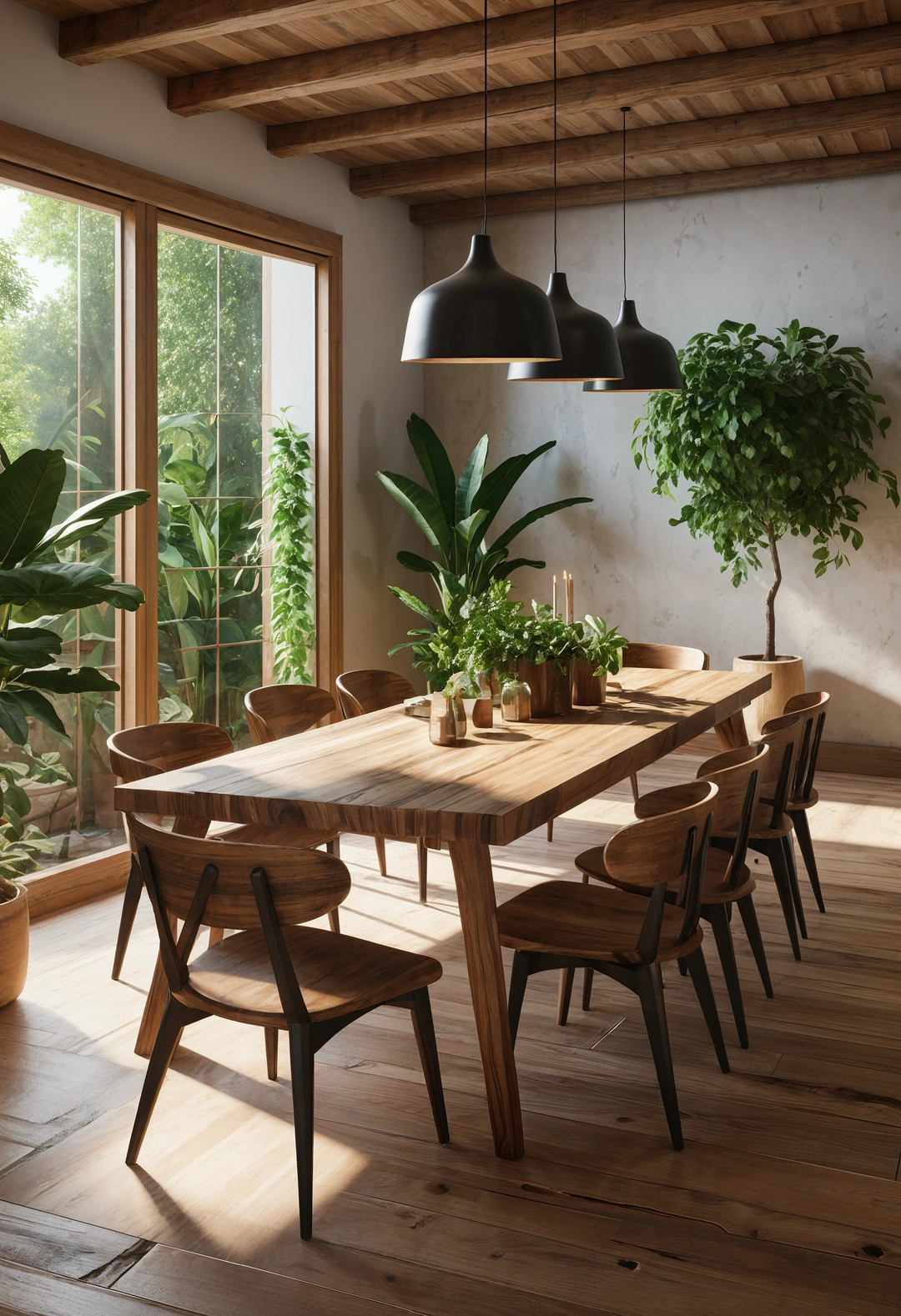
This conscious approach often appeals to environmentally aware homeowners wanting sustainable choices within minimalist frameworks. Eco-friendly materials typically align with minimalist values while providing responsible design solutions.
Design consideration: Sustainable choices often require research for authentic environmental benefits while their performance should meet practical demands for durability and family use.
Practical benefit: Environmental materials typically offer health benefits while supporting responsible manufacturing that aligns with the mindful living philosophy essential to minimalist design.
29. Adaptable Design Solutions
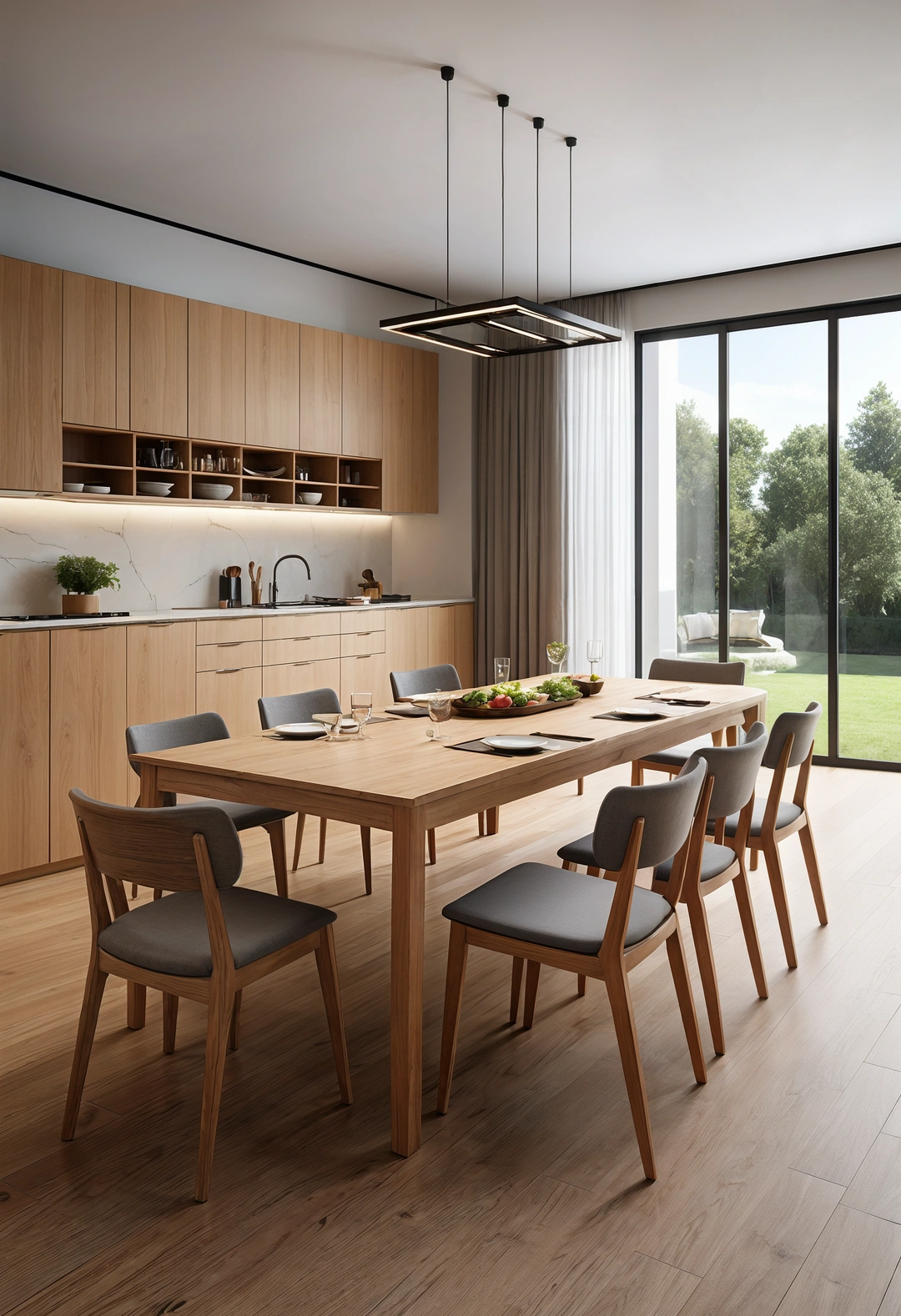
This evolution approach often appeals to families wanting spaces that accommodate changing needs. Flexible elements typically maintain minimalist aesthetics while providing adaptability for different life stages and activities.
Design consideration: Adaptive design often requires understanding potential future needs while current solutions should remain attractive and functional without modifications.
Practical benefit: Flexible spaces typically accommodate life changes while providing the longevity that justifies investment in quality minimalist furniture and design elements.
30. Personal Character Integration
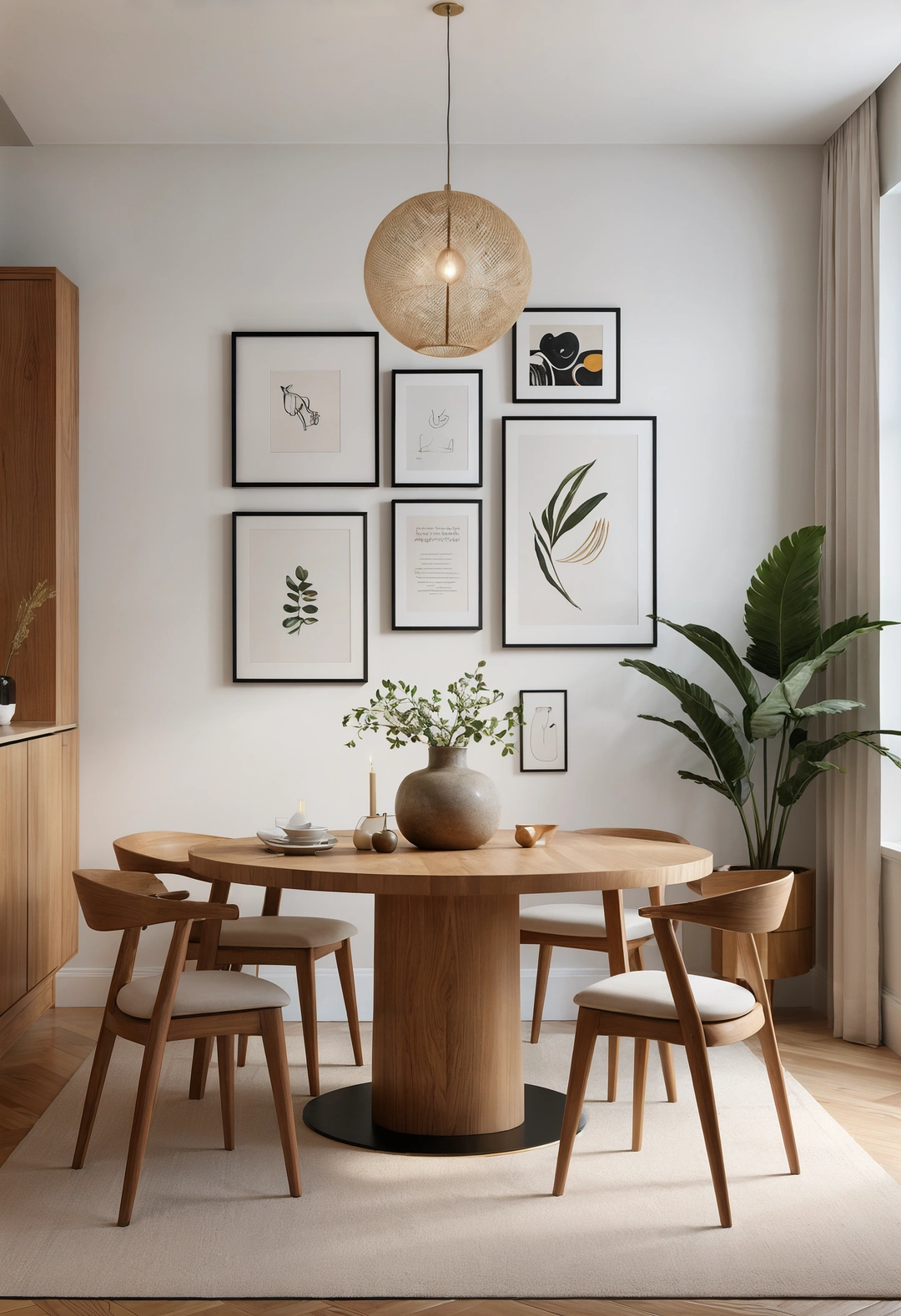
This individual approach often appeals to homeowners wanting personality within minimalist restraint. Carefully selected meaningful objects typically provide personal connection while maintaining the clean aesthetic essential to simplified design.
Design consideration: Personal elements often work best in limited quantities while their selection should enhance rather than overwhelm the calm atmosphere characteristic of minimalist dining.
Practical benefit: Meaningful objects typically provide emotional satisfaction while creating spaces that reflect family personality and support genuine connection to home environments.
Creating Your Minimalist Dining Space
Through various simplified design projects, I’ve observed that successful minimalist dining rooms often balance aesthetic restraint with practical functionality while incorporating elements that create warmth and personal connection. These spaces typically succeed because they prioritize both visual calm and daily usability while maintaining the design discipline that defines minimalist philosophy.
The minimalist approach often works well for contemporary families because it typically reduces maintenance requirements while creating environments that support mindful living and family connection. Effective implementation usually involves careful selection of quality elements, strategic storage planning, and integration of natural light that enhances both beauty and functionality.
Planning considerations often include assessing family lifestyle needs, storage requirements for dining essentials, and budget allocation between key furniture pieces and supporting elements. Many successful projects prioritize quality over quantity while ensuring that every selected element serves clear functional and aesthetic purposes that support daily family life.
Remember: For any electrical work, structural modifications, or built-in installations related to dining room construction or renovation, always consult with licensed professionals to ensure proper installation and code compliance.
